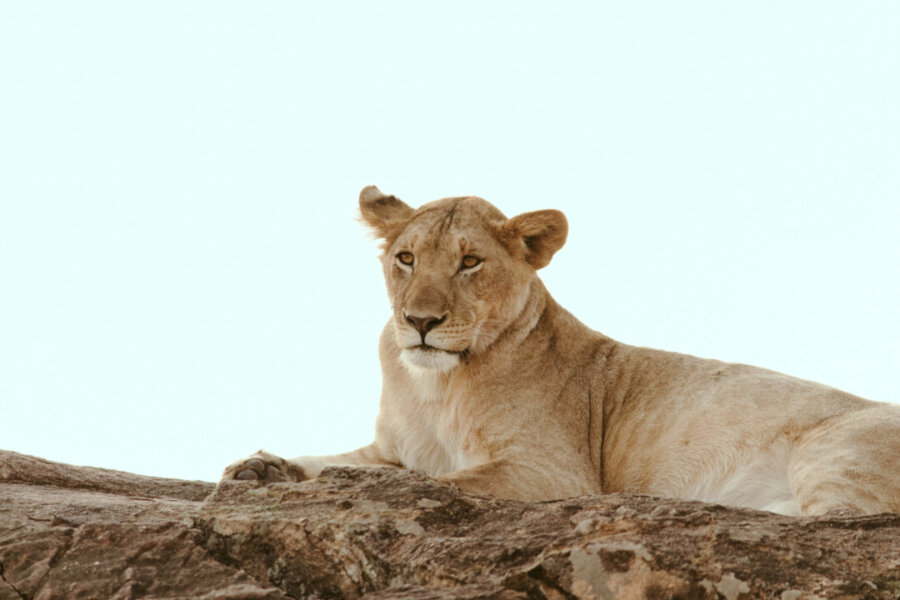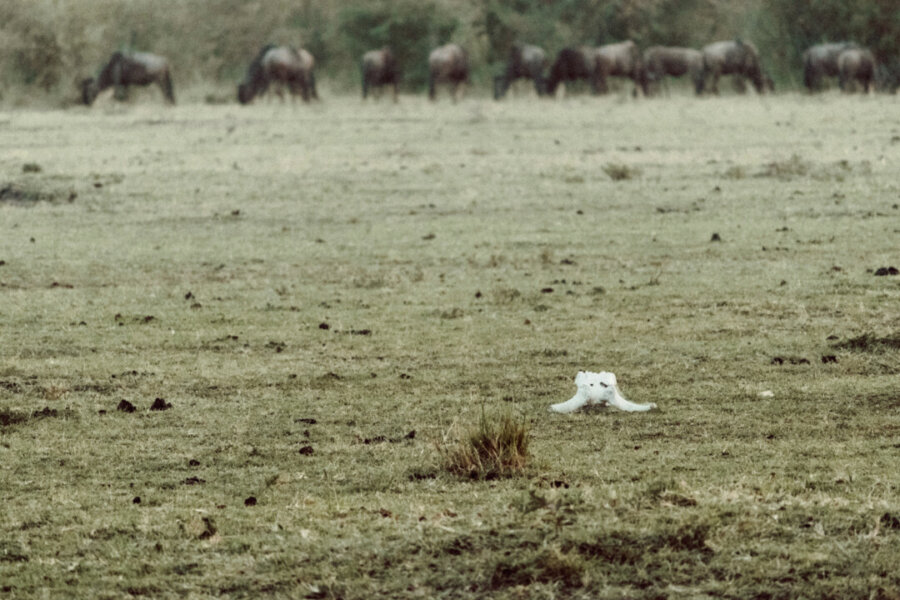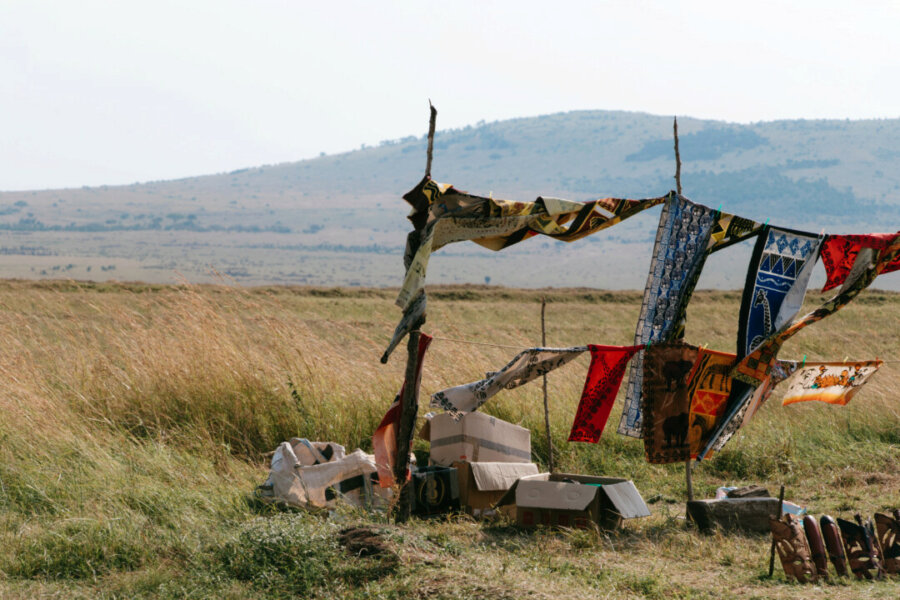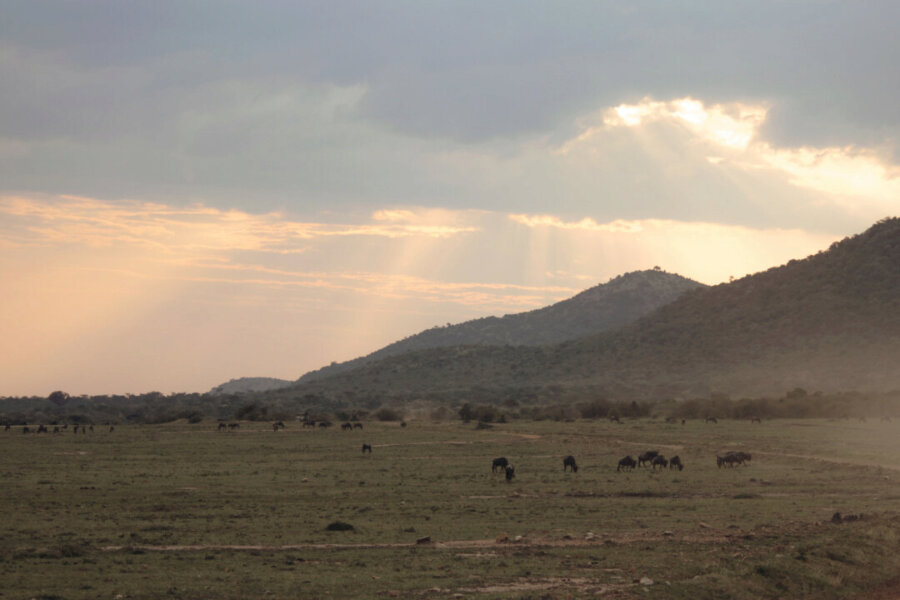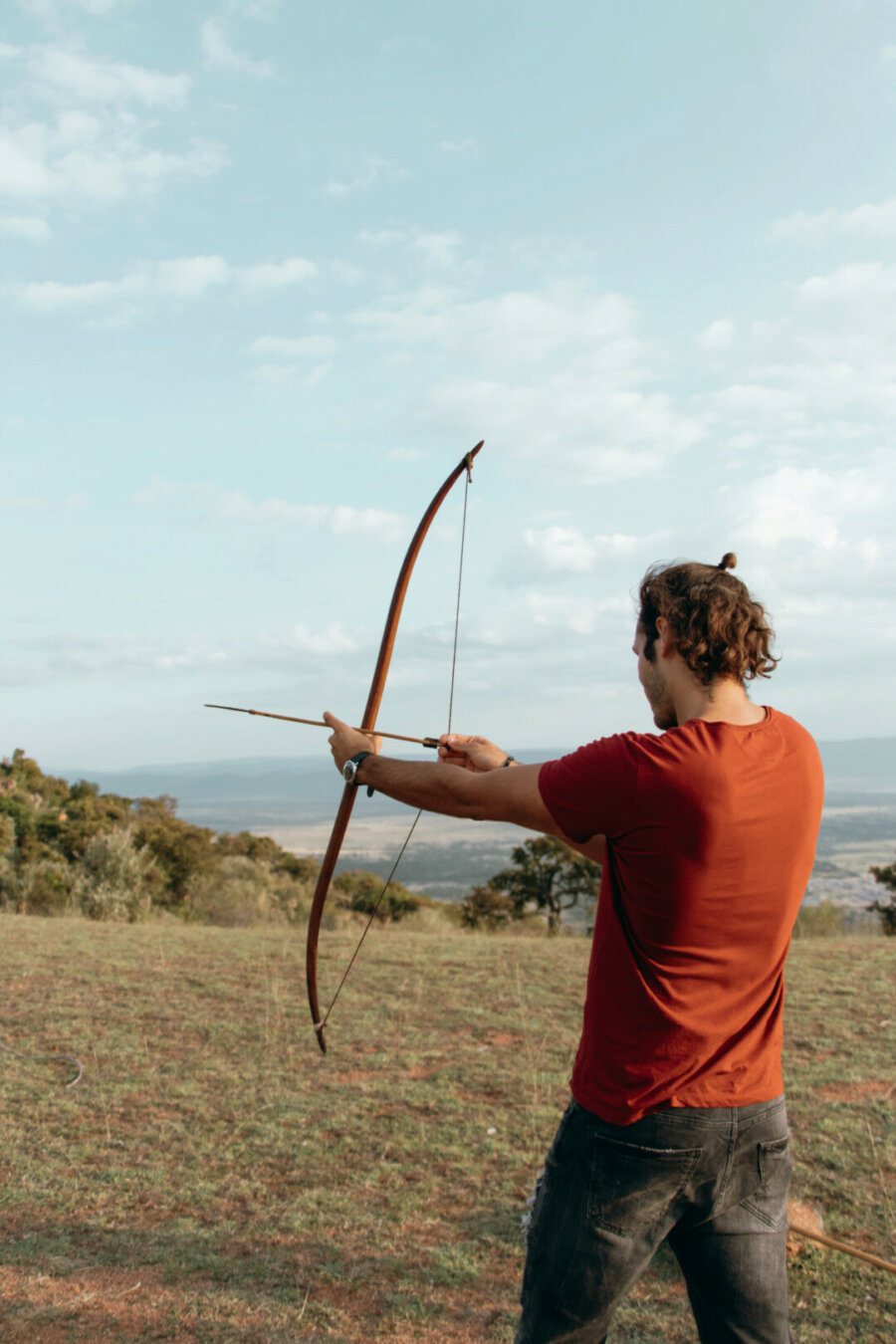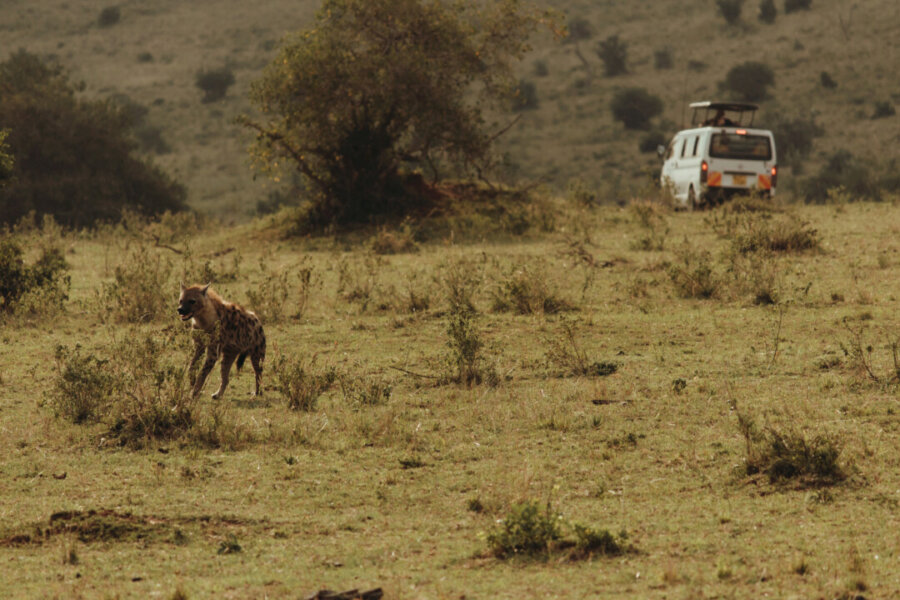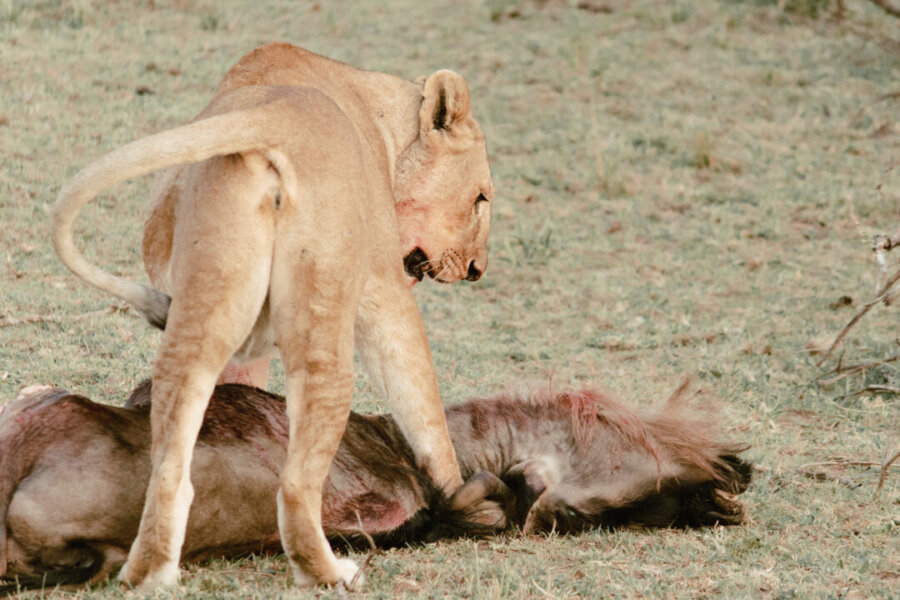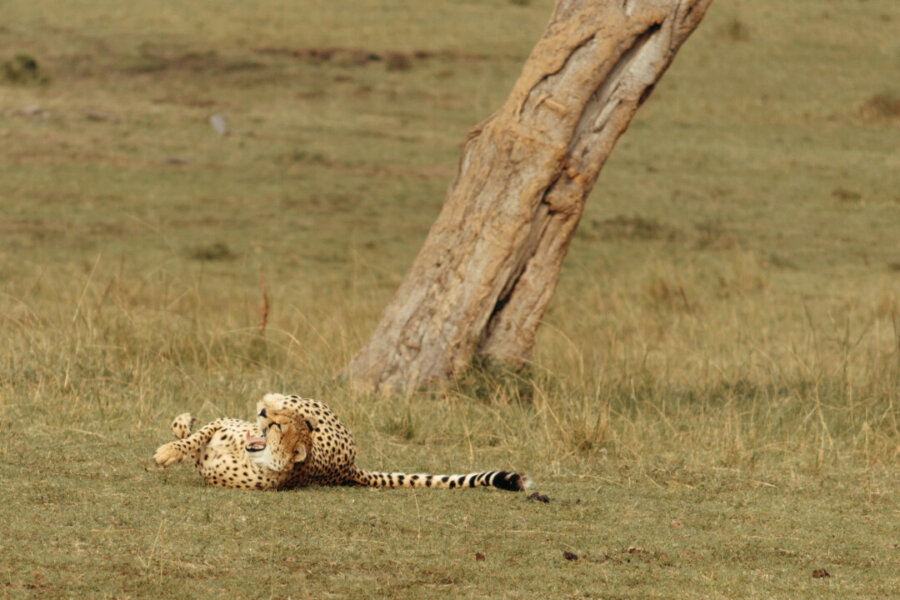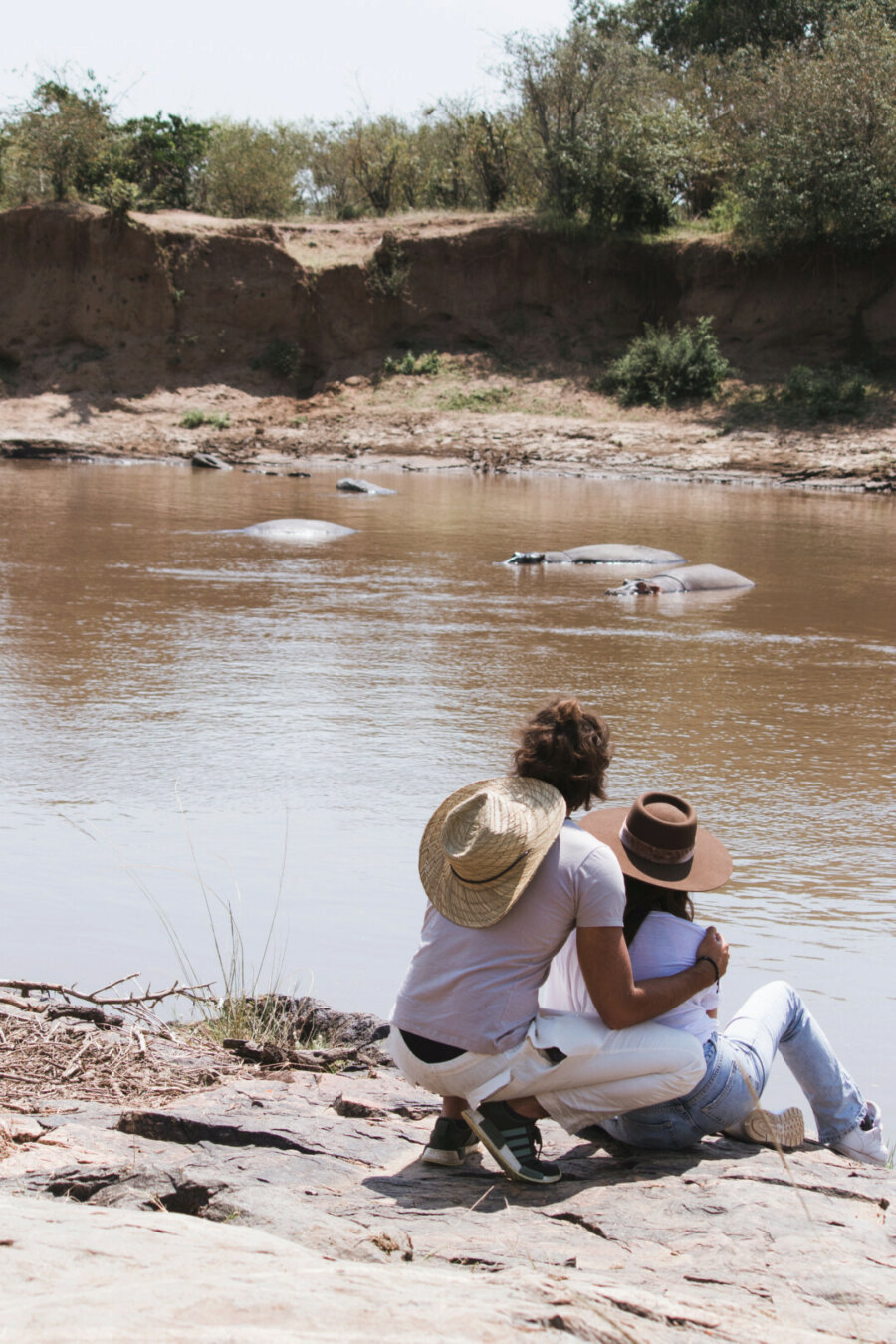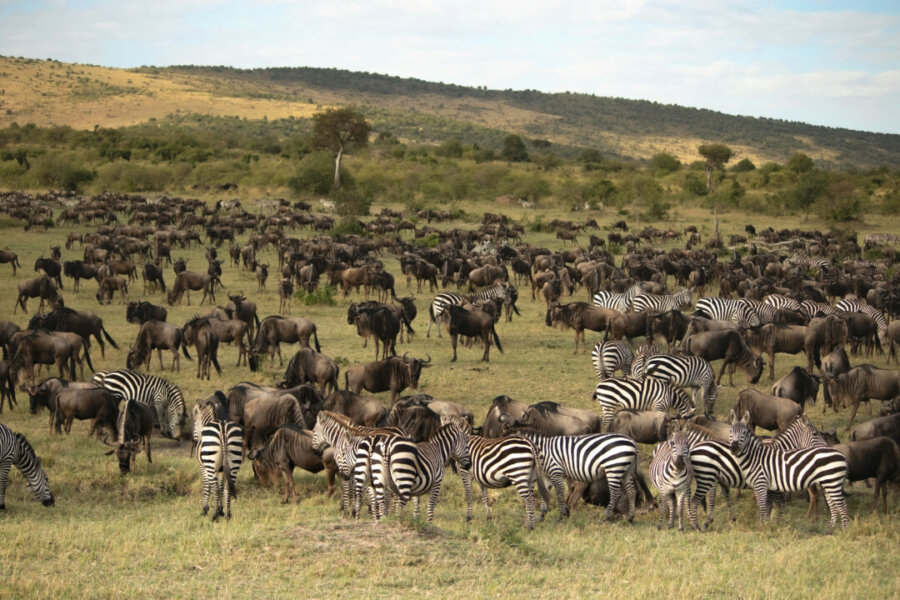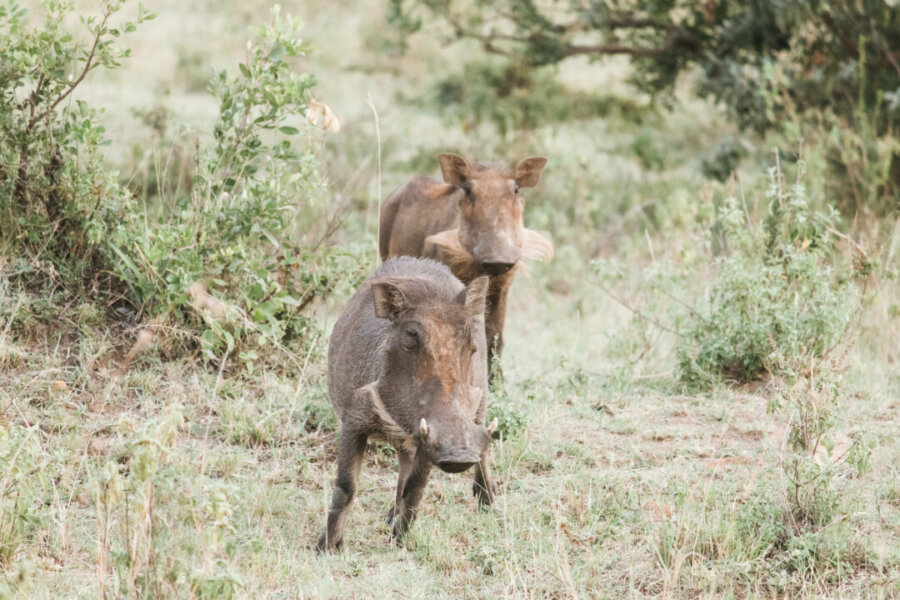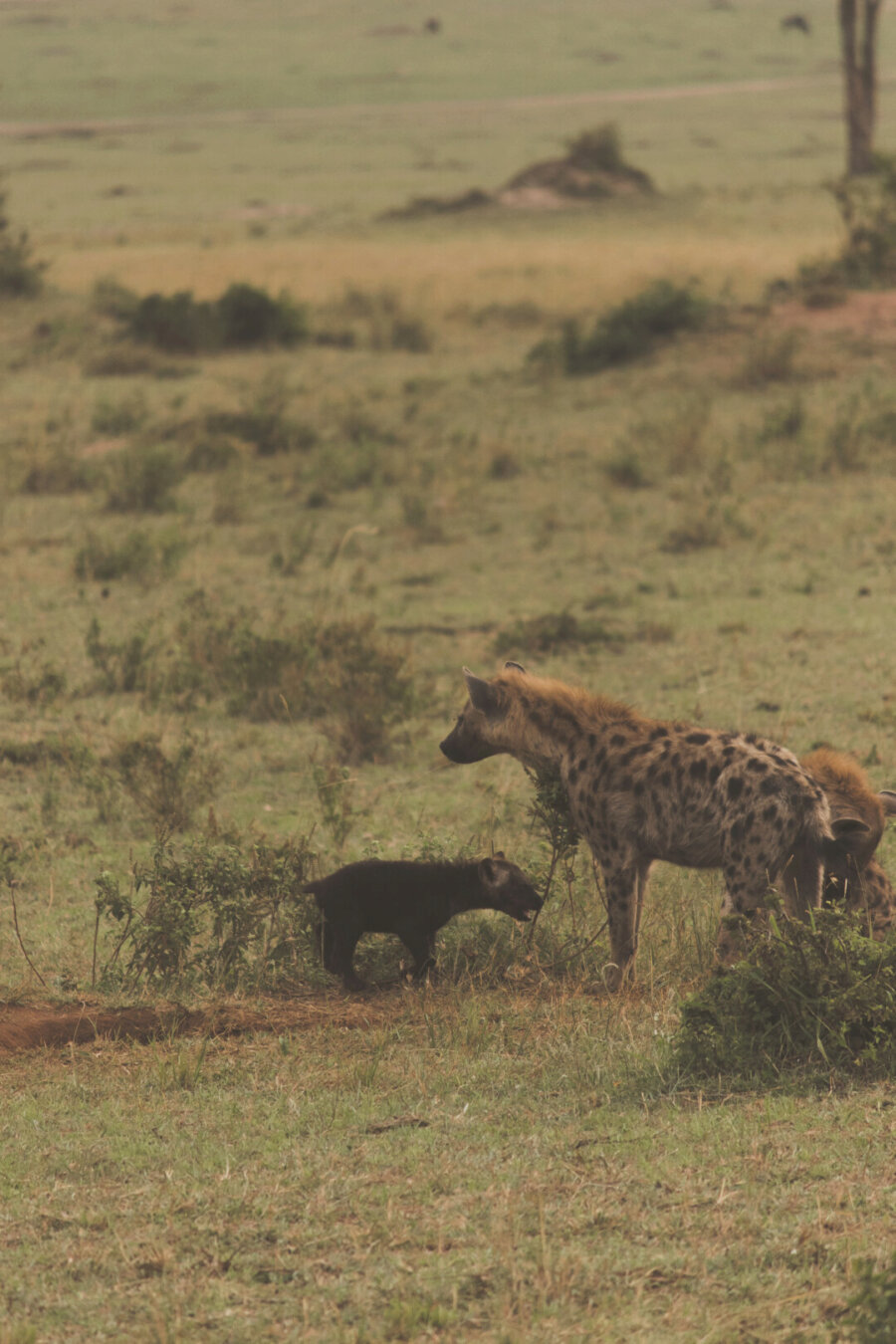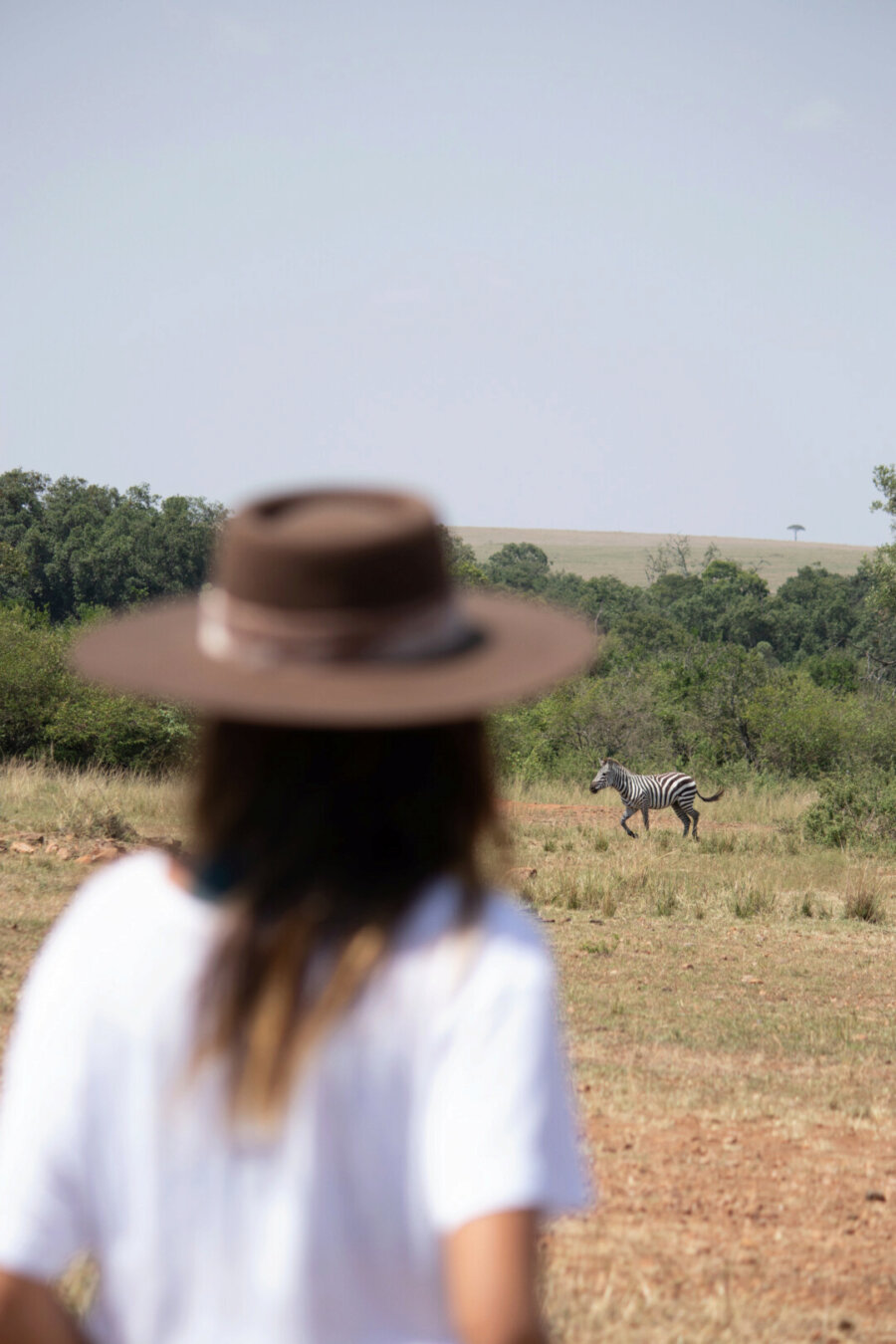How to get to the Masai Mara
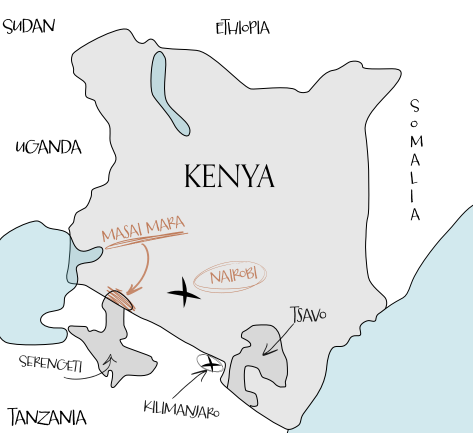
Getting to the Masai Mara is an adventure by itself regardless of the form of transportation that you choose to get there...and yet, that's the beauty of African Safaris in general. The whole experience takes you out of your routine (and probably out of your comfort zone) and teleports you into a complete new universe. It's like leaving to a new world, one that is (still) dominated by nature and where you are only a visitor - and that's the whole point!
Assuming that you're starting from the International Airport in Nairobi (Jomo Kenyatta Int. Airport), there will be two mayor options to consider: By air or by road. It's also possible to reach the Masai Mara from Mombasa directly by flying to the Kichwa Airstrip.
Driving or flying? Both will have their pros and cons, but know in advance that it will be an adventure (and a pleasure) regardless of the form of transportation. Of course you'll save yourself time and energy by flying, but it'll have a considerably bigger impact on your pocket!
Our recommendation: Flying will be definitely the better choice, but you need to be ready to pay a premium for it...and to be honest, it's not that bad to hit the roads! So: If you are scheduled to arrive to Kenya early in the morning, consider hiring a private van. It's unlikely that you'll reach the bus terminal in time to get into one of the shared vans, whereas the private van will be waiting for you in the airport and you'll still be able to enjoy an afternoon game drive in the Masai Mara.
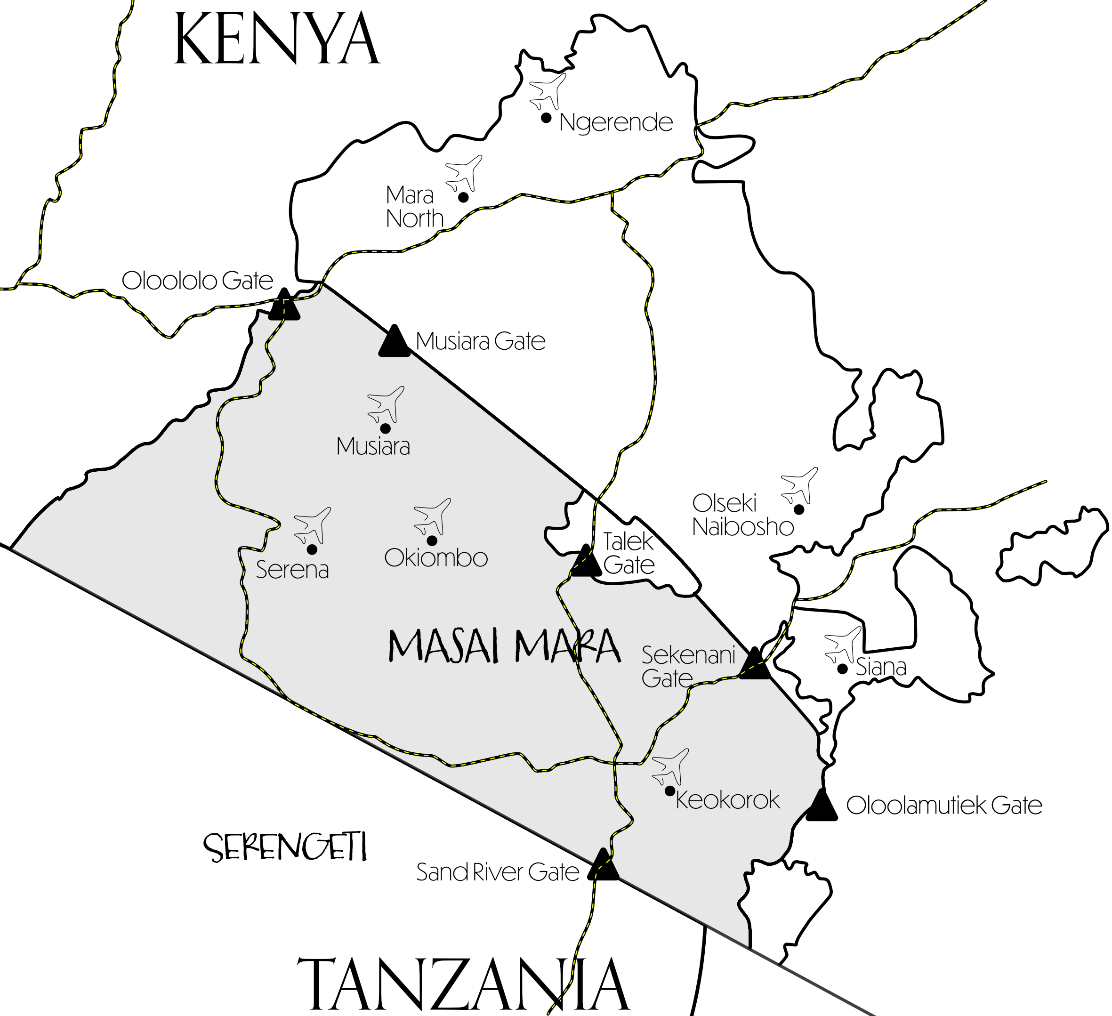
By Road:
Getting to the Masai Mara by land is not easy, especially the last stretch. The roads from Nairobi all the way to Narok are in good condition, plus the views over the great rift valley from the road are spectacular. Overall, the drive to Narok is very enjoyable, especially for landscape lovers like me.
Then, the adventure really starts. The last part of the drive is across very bumpy dirt roads (about a third of the overall distance). This is what friendly tour guides will refer to as the "Masai Massage". To be honest, this is the least comfortable part of the trip, but for us it was as enjoyable. This is because you'll start passing through the conservancies adjacent to the main Mara reserve with plenty of animals sightings including zebras, giraffes, wildebeests and, in theory, any other animal you can spot in the main reserve.
So which options do you have to get to the Masai Mara by land?
Private or shared Vans:
This is the best fit for most of the travelers. You can choose between a private car hire that will adjust to your schedule or opt for a budget friendlier shared van.
Between both, the main difference is that shared vans only leave at specific times (mostly in the morning). They will pick you up from your accommodation in Nairobi or meet you in Nairobi's bus terminal, but they won't go to the airport.
Private vans, on the other hand, will pick you up at your time and place of convenience, meaning that it'll be much easier for you to fit it in your timeline, especially if you just want to head straight to the Masai Mara from the airport without having to spend a night in Nairobi. Regardless of the type of van, the trip will take you around 5 to 6 hours.
Best For: Most
(Self) Driving:
Roads from Nairobi to Narok are in pretty good condition, but it might take some time for you to get used to driving in an African country.
Knowing what we know now we would definitely explore this option with a layover in Nairobi before the long drive. However, the last part of the trip did look extremely challenging especially for small cars. I really wouldn't like to maneuver those roads during or after a big rainfall.
Driving inside the Masai Mara seems possible, but I wouldn't recommend this especially to first timers. This is because the roads inside the reserve are not in great shape, plus you'll miss out on the information that is shared between tour guides via radio. It does seem however like a good experience by it's own when you've had enough of guided game drives.
Best For: Adventurous and roadtrip lovers.
Public Bus (Matatu):
This is an option we wouldn't dare exploring, unless we're already in Kenya and it so happens that we have some days to spare.
Getting to Narok from Nairobi by public bus (aka. Matatu) shouldn't be very difficult, but it will take time and patience. Don't expect this buses to have A/C. Once in Narok, you'll need to get resourceful to find transportation for the last stretch. Worst case you should be able to hire a car to take you to a village close to one of the gates.
For daily game drives and activities is be pretty easy to join shared tours, which you can also arrange from your accommodation.
Best For: Budget Travelers
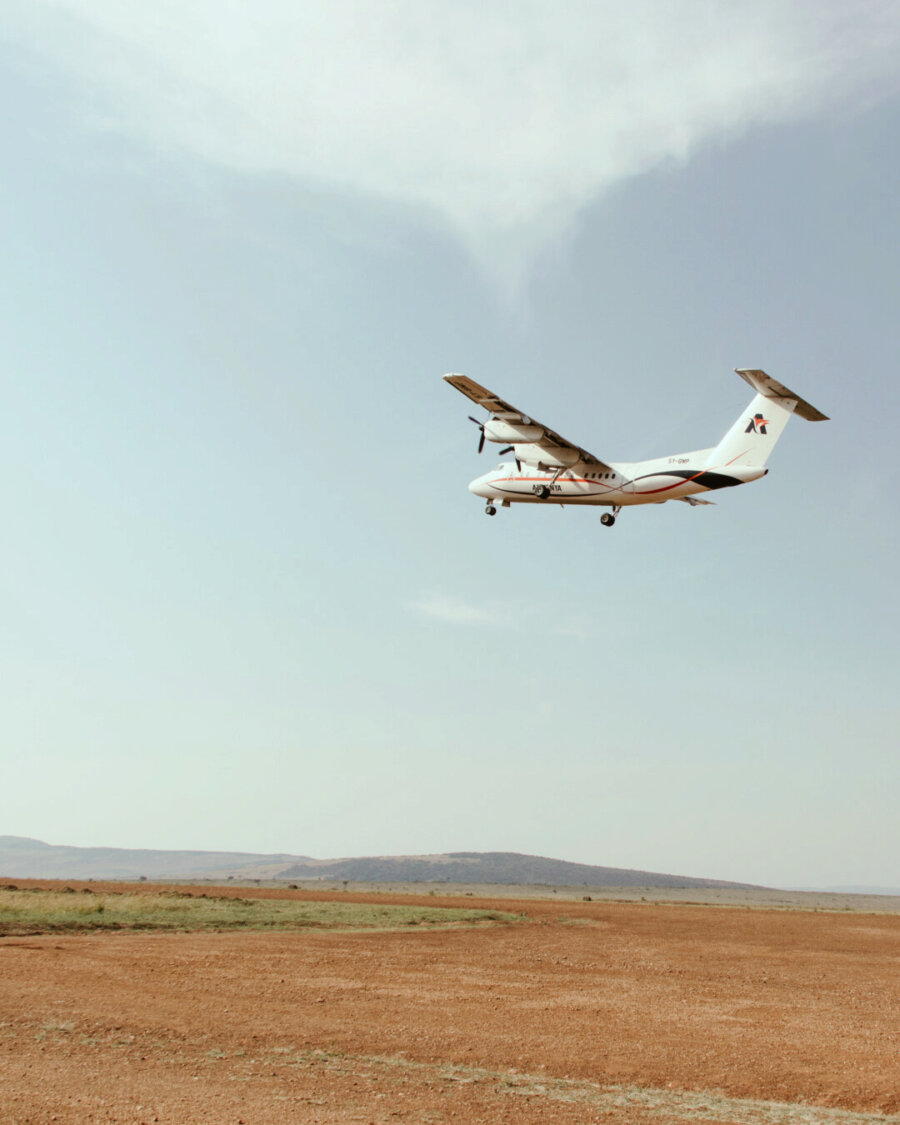
Flying:
Flying is definitely the most comfortable and efficient of the options, plus you'll also have a chance to see the great rift valley and the Mara-ecosystem from above - can you imagine landing inside the reserve, surrounded by wildlife?!
You can fly from Wilson Airport (Nairobi's Domestic Terminal) to one of the several airstrips inside the national park - there are six of them! It will take you between 30 to 45 minutes.
In addition to the cost of the flight you'll have to arrange for transportation from the airstrip to your accommodation (which may or may not be included in the booking of your accommodation, so take it into consideration).
Best for: Travelers willing to pay for the experience and comfort.
Masai Mara vs Serengeti
This is a topic where we spent most of our time during our planning phase - which one should we go to? Well, as just like many other questions in life the answer is: it depends.
Both of them are great options and you'll have the time of your life regardless of which one you choose. For most of the scenarios we recommend The Masai Mara as it is easier and probably cheaper to get to, but if you have time and the budget then the Serengeti might be the right one for you, especially if you plan to combine it with a trip to the Kilimanjaro. You can read our full comparison here.
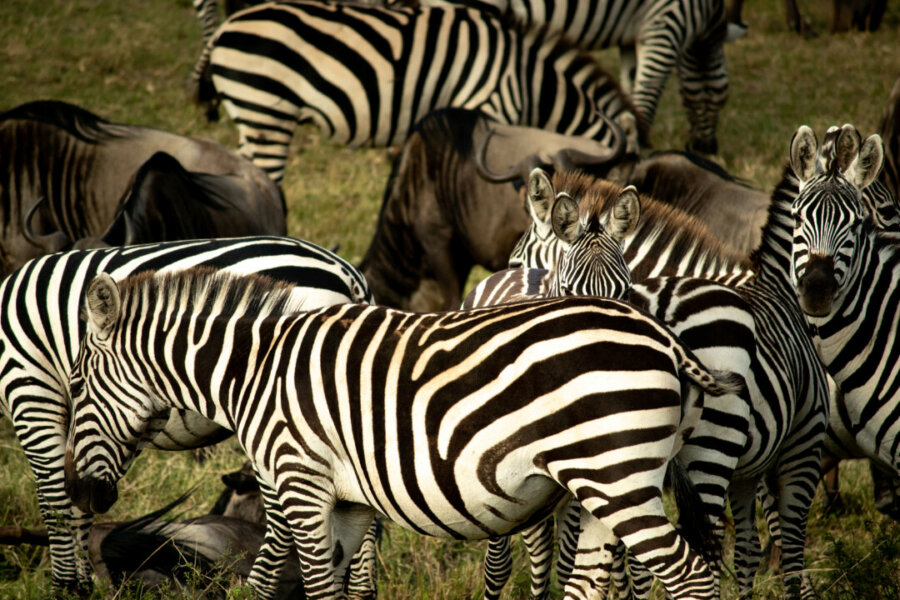
Best time to visit the Masai Mara
Same as for any other game viewing destination: the best time to visit is during the dry months, because there will be less foliage hiding the wildlife. Scarcity of water will also force large congregations of animals to gather around bodies of water making them easier to spot. Interactions and predator-pray action are also spotted more frequently during the dry season.
This means that the best season to visit the Masai Mara is between July and October, which makes it peak season. If you’re after the Great Migration, the main action occurs between July and August but it varies slightly from year to year. Prices during this time are at it's highest and so are the number of visitors.
If you are on a tighter budget, you might want to consider visiting the park during other seasons. You probably have more difficulties spotting wild animals, but you’ll also see less tourists and the overall experience will be more unique.
What to do in the Masai Mara
The Game Viewing
This is definitely why you visit the Masai Mara (and any other safari destination world wide!) and the Masai Mara has plenty of sightings to offer.
We truly recommend the Masai Mara for everyone, but particularly for safari first timers because of it's abundance of wildlife. Sightings of the Big Five (lions, leopards, elephants, buffalos and rhinos) are almost on the daily menu (except for the leopards which is generally a difficult sighting). Cheetahs and smaller felines are also frequently seen, sometimes even chasing prey. And the reserve has so much more: Giraffes, Zebras, Hyenas, Foxes, Antelopes, Origis, Waterbucks, Topis, Gazelles, and more.
You’ll have the option to join morning (sunrise), evening (sunset) and full day game drives. In our experience, there is not much to see during midday when the animals and particularly the big hunters are trying to rest in the shade, hiding from the sun (only very hungry and desperate predators hunt during the day). This is why recommend morning and evening drives, where you can be in the park during the best hours and rest in your accommodation in between. However, you might need to join full day game drives you want to reach the border with the Serengeti.
There are a couple of small camps next to the airstrip, or at the gates, where you can do short stops and go to the toilet. Lunch is generally prepared in your accommodation and served cold during a stopover in the reserve. We had ours once we reached the Mara gate next to the border with the Serengeti, but we also saw plenty of groups stopping by next to a tree to have lunch. We don’t know if this is actually allowed.
The fees to enter the park are:
For adults (non-residents)
- $80/day when staying outside the park
- $70/day when staying inside the park
For children (non-residents)
- $45/day when staying outside the park
- $40/day when staying inside the park
These rates don't include vehicles fees.
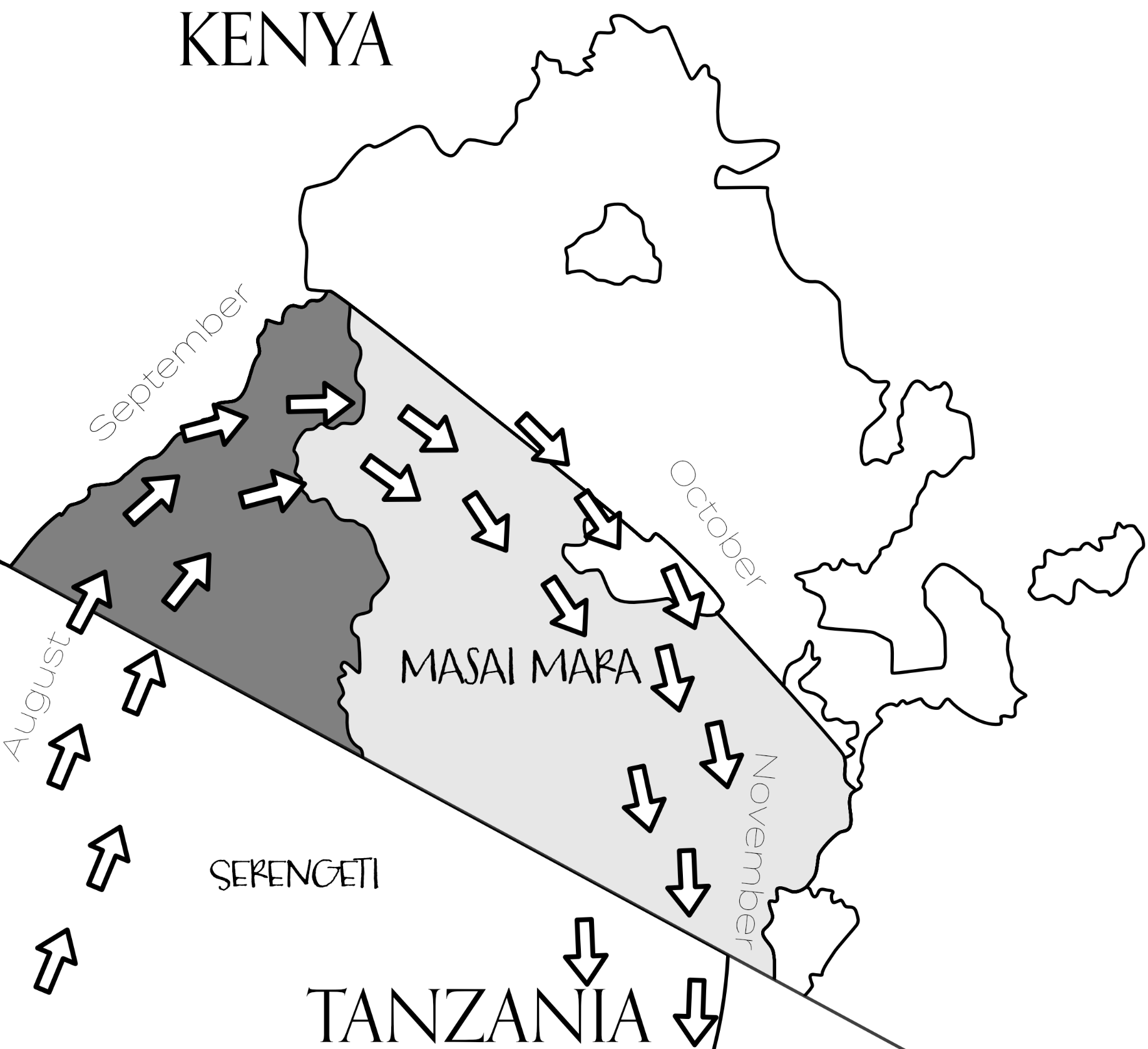
THE GREAT WILDEBEEST MIGRATION
The stage: Two rivers between the Serengeti and the Mara reserves, with cliffs along the river basins.
The cast: Millions and millions of wildebeests. Along with them populations of zebra and antelope, although in much smaller numbers.
The plot: The dry season has arrived. All these herds of animals are forced to cross the Mara and Sands rivers looking for greener pastures and water.
The villains: Cheetahs, lions, leopards, jackals and hyenas attracted by such congregations of herbivores and, of course, the crocodiles patiently awaiting for their prey to cross.
The movie: A real life event, occurring every year across the Mara and Sand river in the Serengeti-Mara reserves.
There is not much to say about this amazing display of wildlife action by mother nature and you're probably full of information about it so we'll move on.
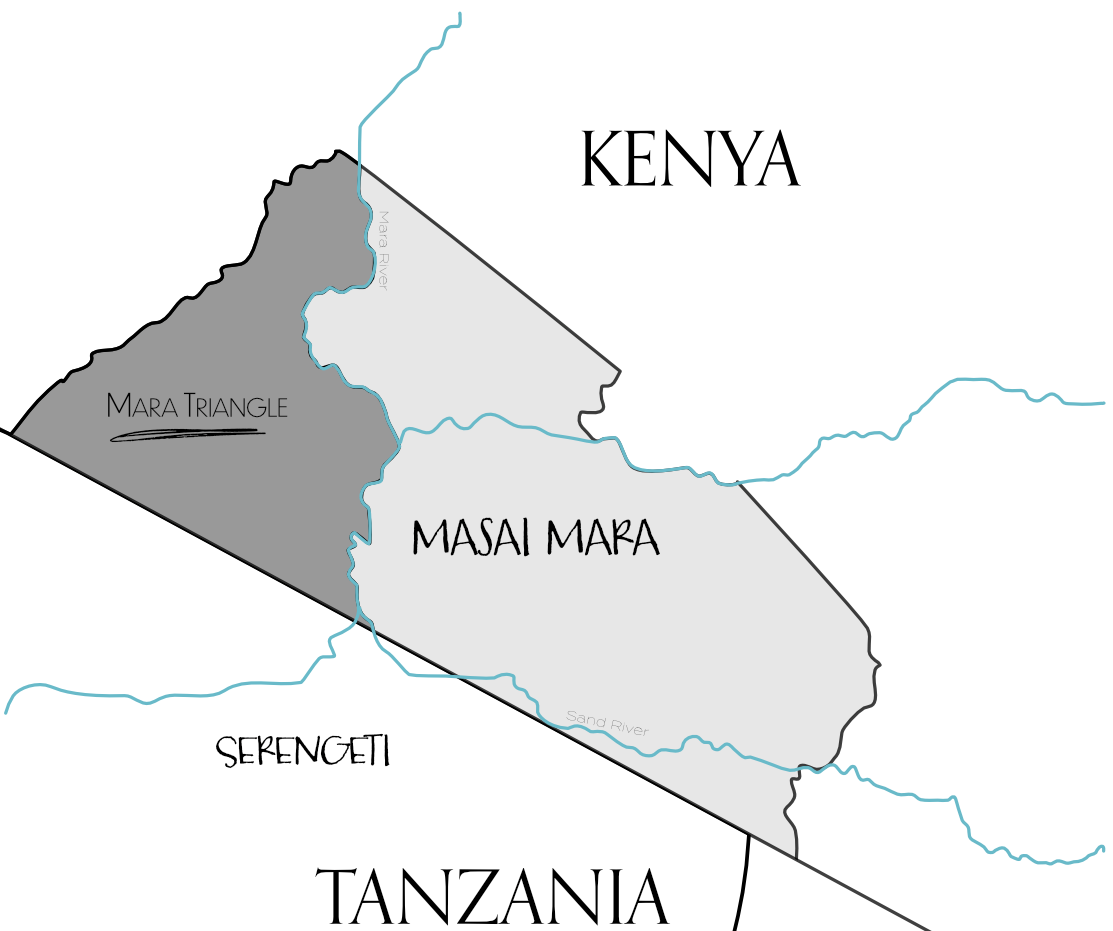
The Mara Triangle
The Mara Triangle lies in the western sector of the Masai Mara reserve, separated from the rest of the reserve by the Mara river. Here, both the river and the Oloololo Escarpment (also known as Siria) act as a geographical fence, keeping most of the wildlife inside the Mara Triangle. The Mara Triangle is managed by a non-for-profit organization - The Mara Conservancy.
Most of the Mara Triangle is part of the main reserve and it’s area is one-third of the entire Masai Mara reserve. It has one of the highest densities of wildlife in the world and in a lucky day you will be able to view all the big five within less than 2 km^2. This is also the area where the herds of the Great Migration enter the Masai Mara National Reserve from the Serengeti.
Due to it’s remoteness to main roads and Nairobi, this region sees fewer visitors than the other river-divided side of the reserve.
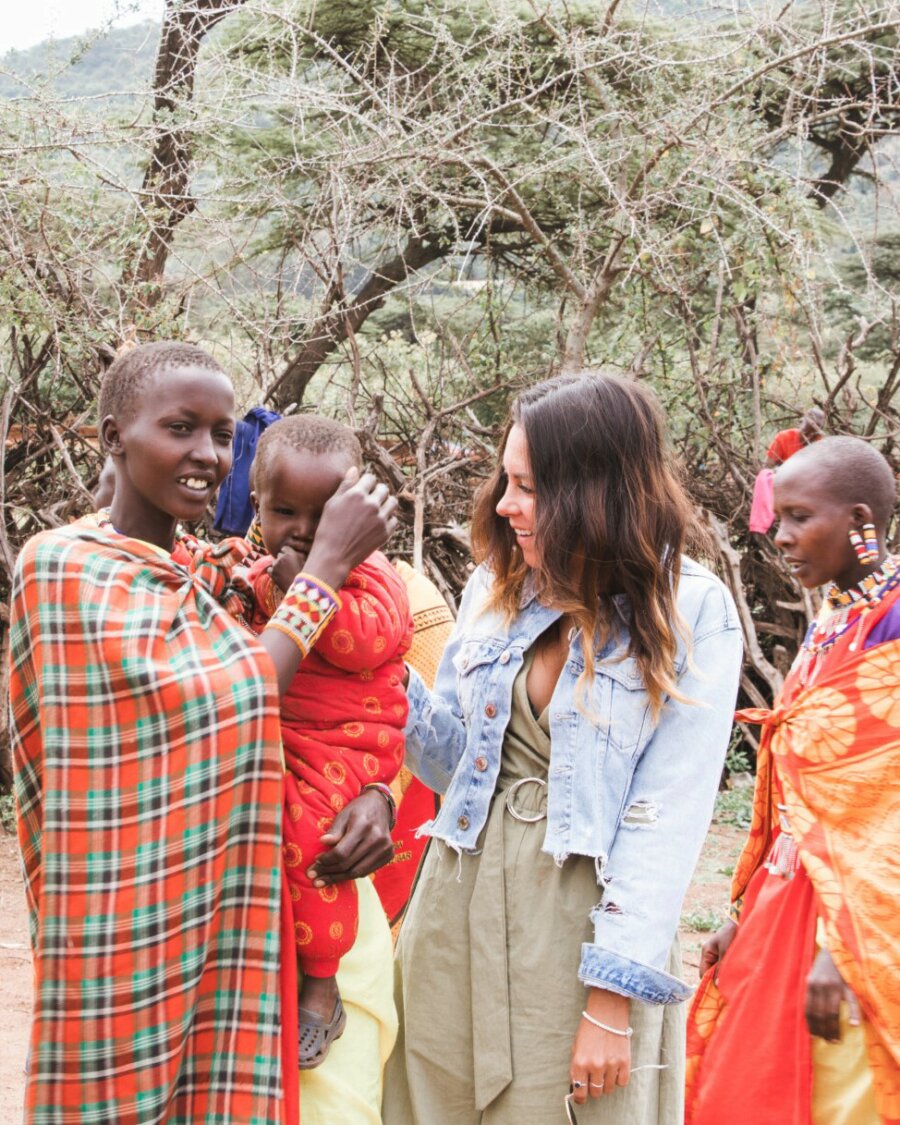
The Tour With Locals
The Masai Mara, just like the Serengeti, is the home of the Masai. For centuries, these nomadic tribes wandered around the plains of the Serengeti-Mara ecosystem. With the formation of the natural reserves, the Masai are no longer allowed to walk freely through these areas and have adapted to a more modern way of life whilst still maintaining their traditions and their nomadic lifestyle.
Experiencing life through the Masai is fascinating. You’ll get a grasp of their struggle to keep their traditions in a growingly globalized world.
Masai tribes are relatively small and live in small settlements (called Manyattas), with small one-room huts made of mud and wood. These houses degrade naturally after a period of about 7 years, thus forcing the tribes to relocate. Nowadays, the Masai look for locations closed to modern towns to facilitate the trading of goods and making it easier for their children to go to school. Some Masai teenagers even get to go to the University in big cities like Nairobi and are expected to help the development of the tribes as full-grown professionals. In contrast, young teenagers wanting to become Masai warriors are sent in groups to the reserve to face a male Lion and the first to strike will become their leader.
It is very common for tour companies and even stays to offer this experience for a fee. You’ll be able to chat with the Masai, to see and take part in their local dances, and even to look inside their village to learn their ways. They will also prepare a small market for you to purchase handmade Masai souvenirs!
Hot Air Ballooning
Just imagine being able to experience this beautiful reserve from above, reaching places that are inaccessible to vehicles and all while experiencing the magic of a hot air balloon.
The balloons can accommodate adults and children, with some limitations. There is limited space of only 16 passenger in a balloon and children must be at least four years old. Adults over 120kg may be required to purchase an additional spot, but this will be depending on the occupancy and at the discretion of the pilot.
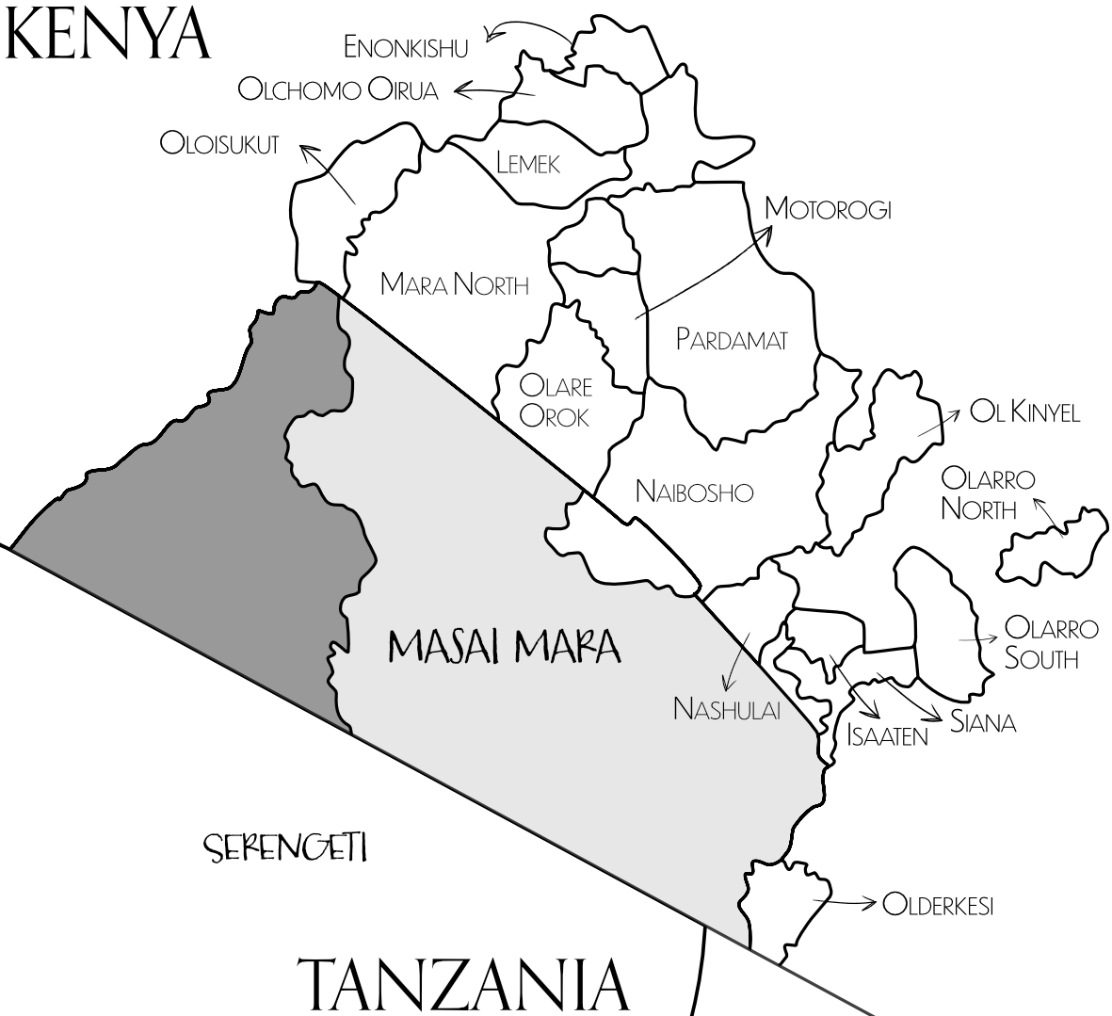
Private Conservancies
Private conservancies are “stand-alone” entities that support the conservation of the wildlife and their habitat. The Masai Mara shares unfenced borders with numerous private conservancies that are administered by the Masai.
Each conservancy has lodges and camps that offer exclusive access to their guests to safari activities, some of them more unique than those allowed inside the reserve. We’re talking about night game drives, walking safaris, horse riding, off-road game drives and so much more. Also in-camp guests are limited, meaning that there are far less visitors in private conservancies compared to the main reserve, so animals and their behaviors are less influenced by the presence of humans.
By generating revenue from the tourism attracted by the wildlife, landowners and communities are compensated for not using the land for grazing and agriculture. Some of the revenue is also invested in local community projects. Basically, this conservancies extend the area of protected land for wildlife and their habitat and helps protecting migration routes as well as food and water resources for the true inhabitants of these lands.
Now that you know something we didn’t when we went there, we encourage you to choose to stay at a camp or lodge within a community-owned conservancy to support this beautiful approach to sustainability, whilst being rewarded with the most amazing and unique experiences in this area.
| North Masai Mara | East Masai Mara | South Masai Mara | West Masai Mara |
|---|---|---|---|
| Siana | Olderkesi | Mara Triangle |
Visa requirements for Kenya
As of 2019, a visa-on-arrival can be issued for passport holders of most of the countries around the globe - check this article on Wikipedia. However, our tour guide recommended us to request an eVisa to avoid longer queues.
In our experience it didn’t make a big difference as some of the non e-Visa holders were queuing in the wrong line, thus delaying the process for the others. Nevertheless we recommend you to apply for an eVisa to avoid any surprises. You can apply here
Where to stay in the Masai Mara
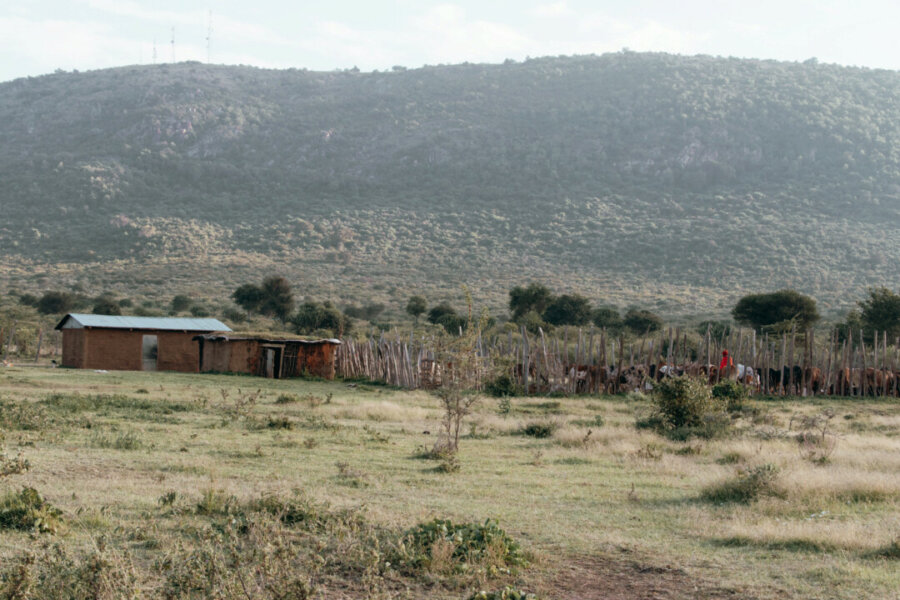
The Masai Mara has plenty of options for almost all types of budgets, ranging from luxurious resorts in private reserves to basic tented camps. Know that Africa is not cheap, especially safari destinations, so be ready to pay more than what you're used to, even for the most basic accommodations.
Safari packages will give you different options for different types of stays like basic, comfort and luxury. Normally they will have better rates but it is worth checking by yourself on tripadvisor and booking.com.
Accommodations outside the Masai Mara reserve
Since the majority of the tourists arrive to the Masai Mara by car, most of the accommodations are located in towns around the gates to the main reserve, particularly those closest to Narok in the eastern and central regions of the Masai Mara reserve (like Ololaimutiek Village or Sekenani). It is around this areas that you'll also find most of the budget friendlier options, mainly tented camps.
Accommodations inside the Masai Mara reserve
Some fenced and unfenced tented camps as well as luxury resorts can be found inside the main reserve, particularly inside the Mara Triangle .
Accommodations in private conservancies
Private conservancies offer unique experiences and the stays will be on the higher end of the spectrum, meaning luxury, comfort and privacy.
Camping inside the Masai Mara
Camping on your own in the Masai Mara is possible, with the conservancy offering three public and five private campsites. You can find more information here
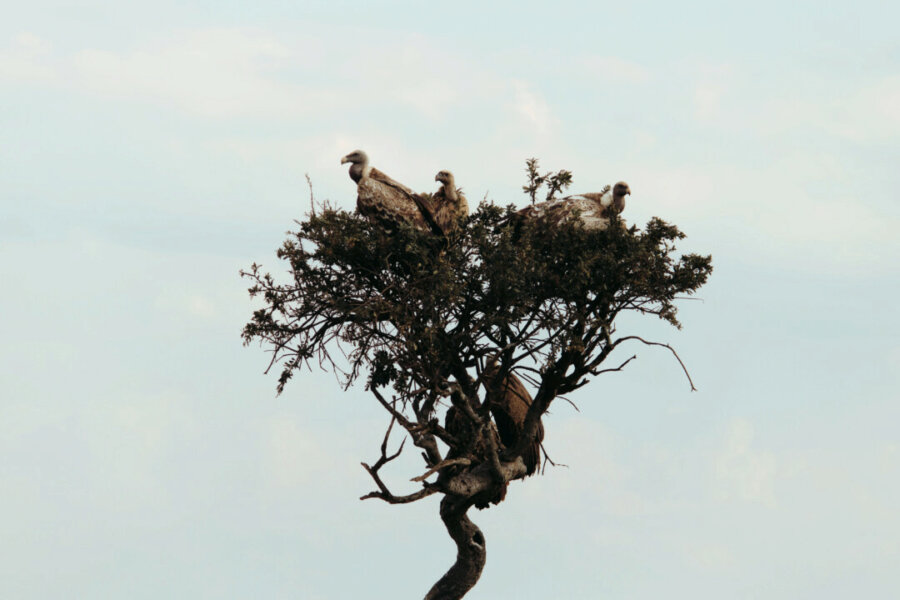
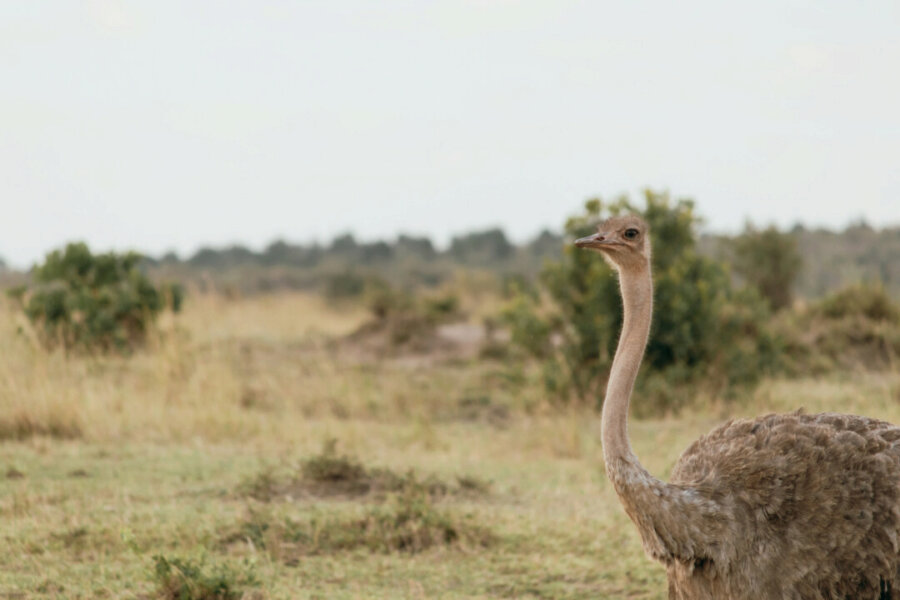
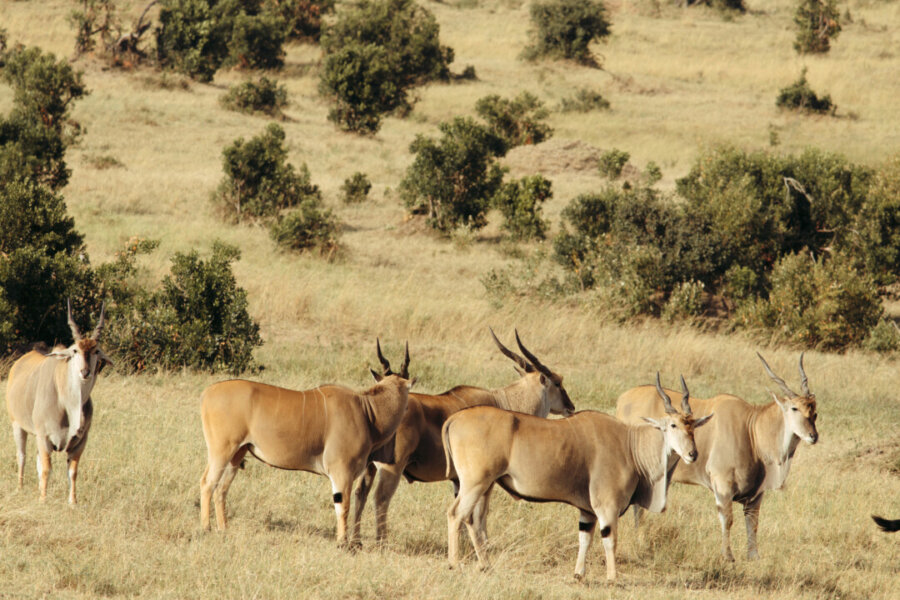
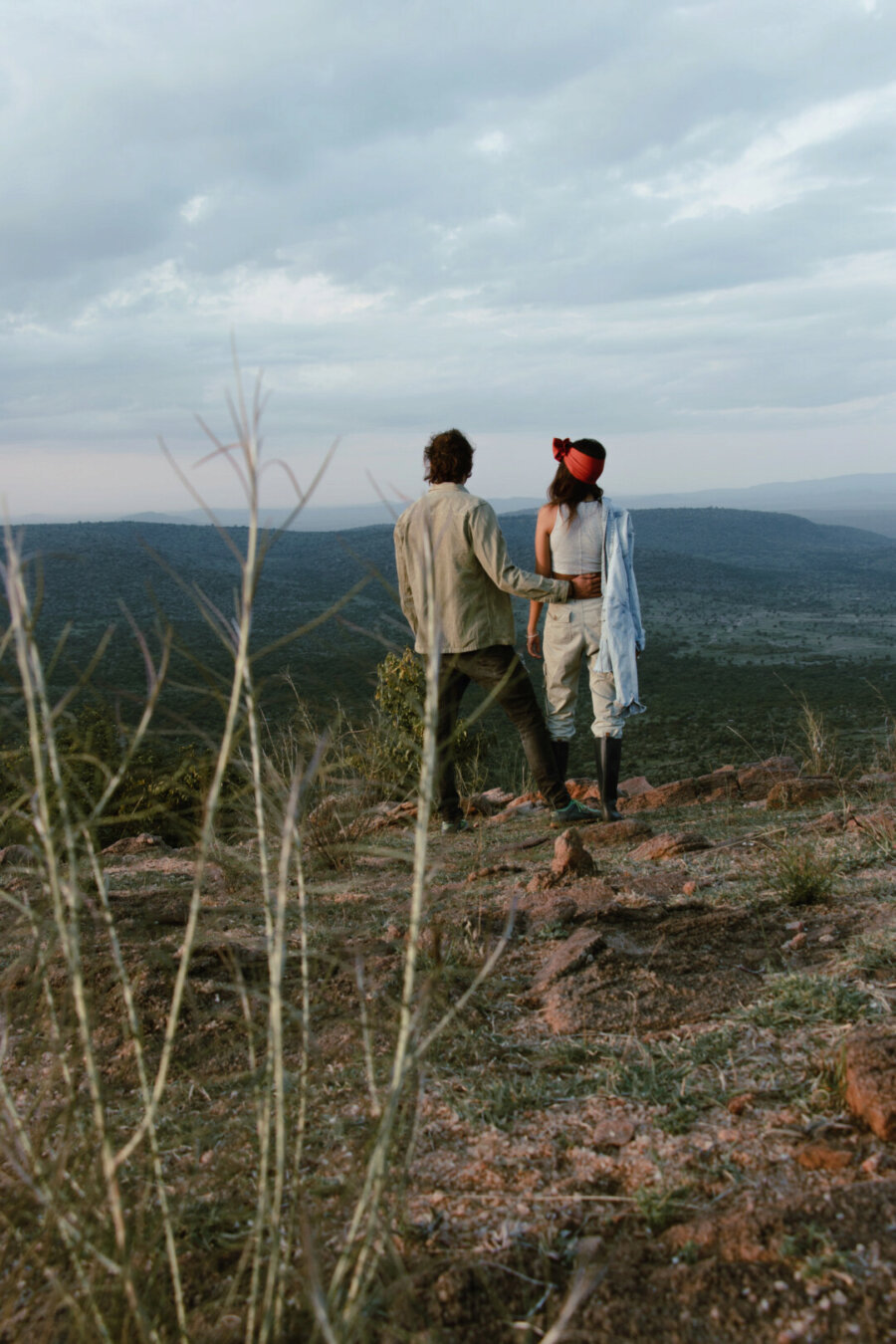
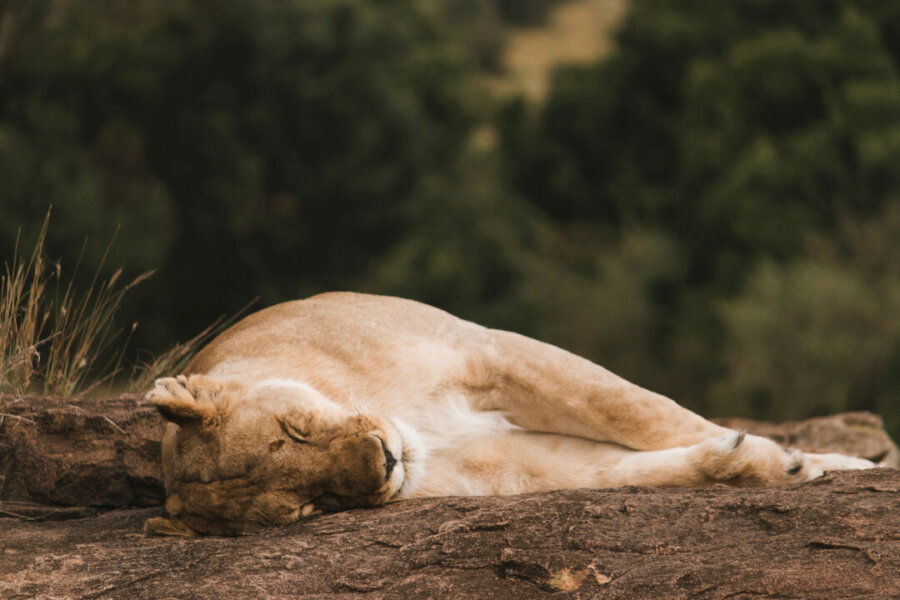
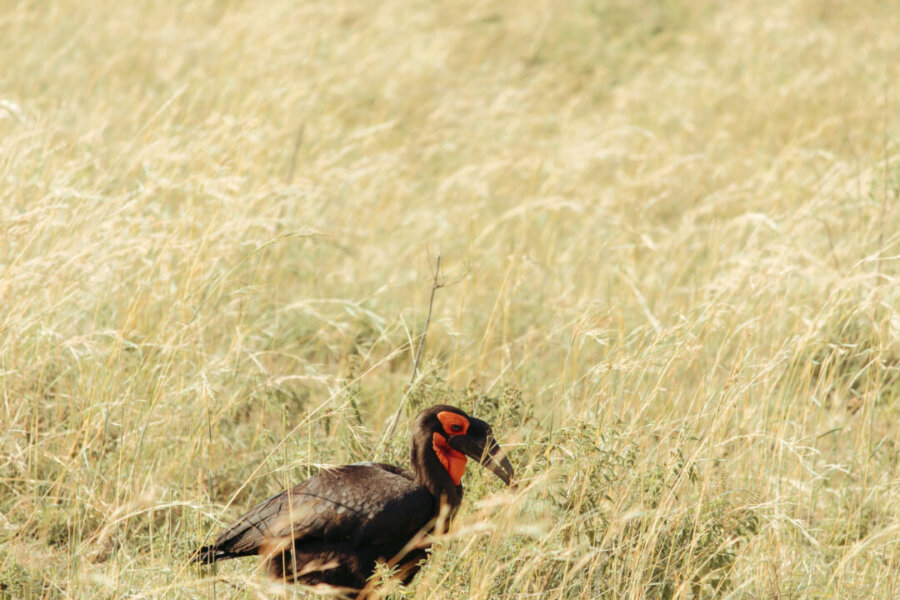
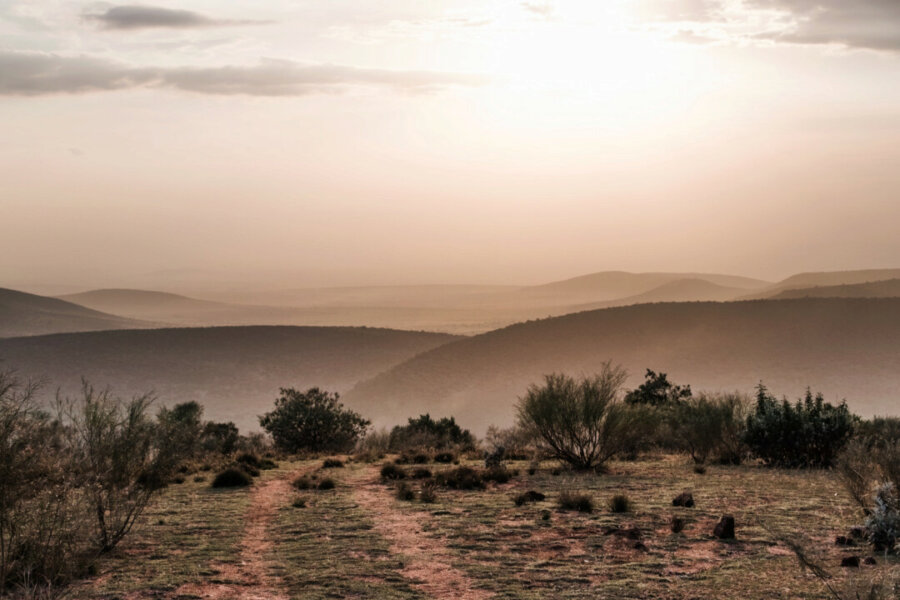
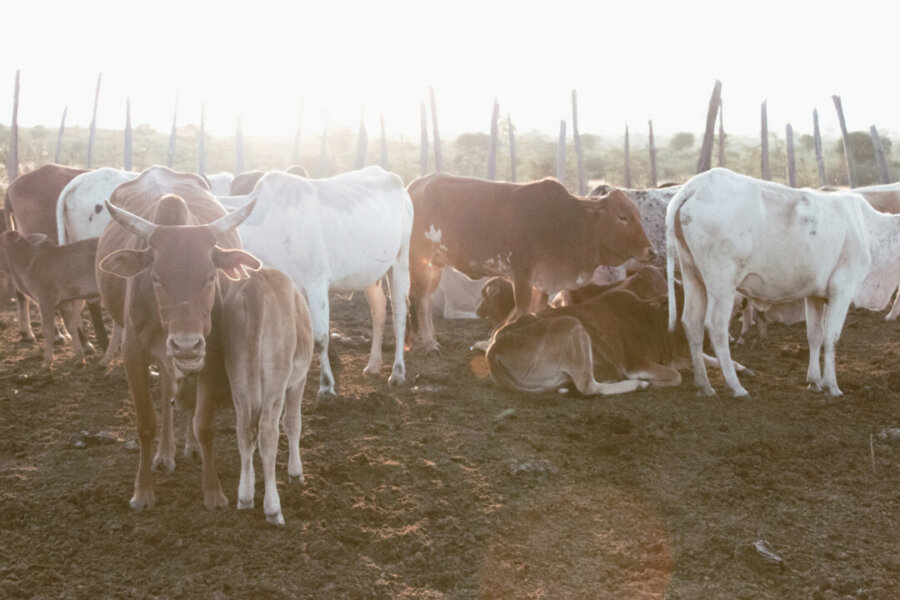
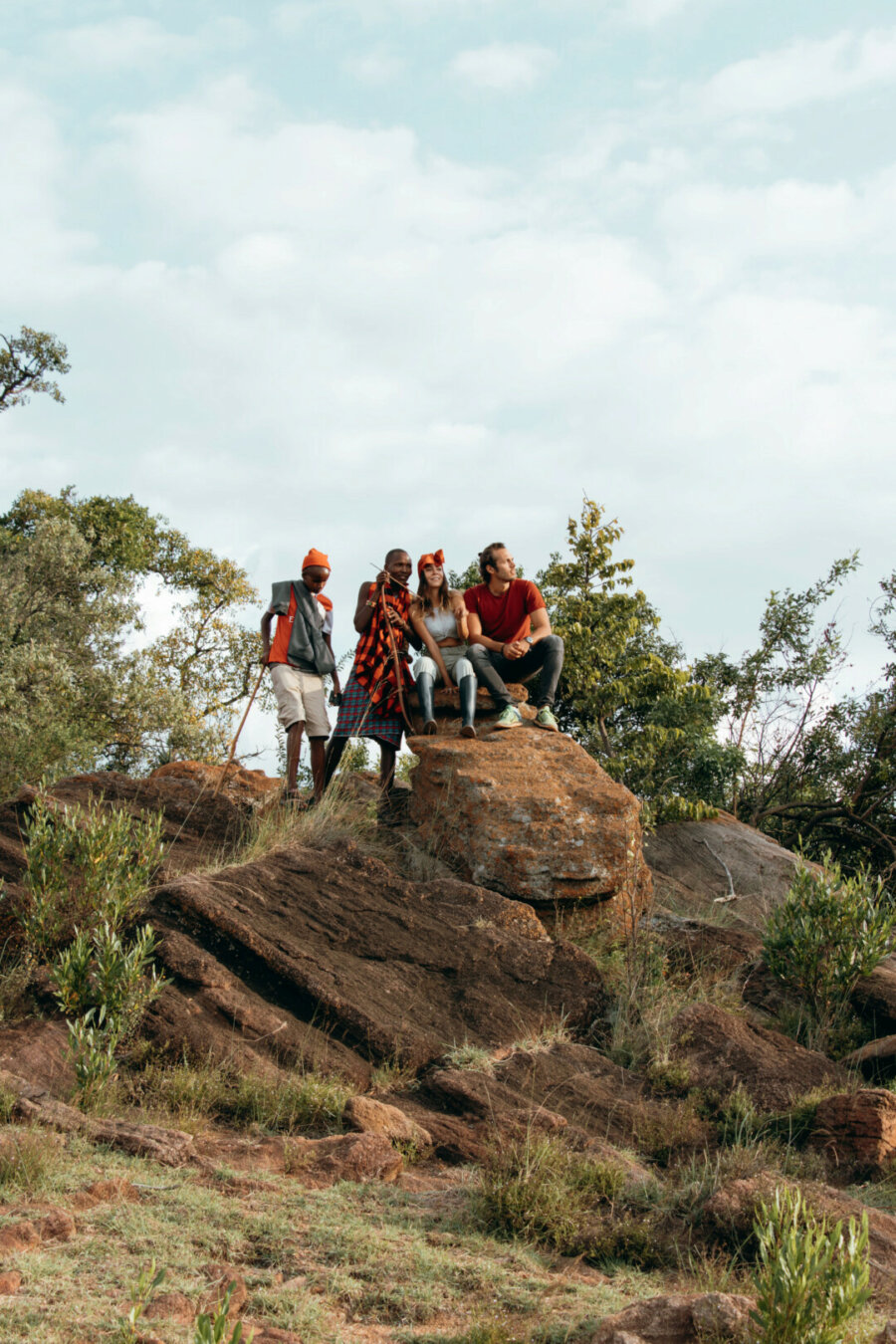
Health & Safety
Safety
Kenya is a relatively safe country, aside from the high-risk area north of Lamu. Be wary of theft and pick-pocketing particularly in larger cities. Be cautions and keep valuables out of sight and avoid walking alone at night.
Health
The Mara is not considered a Malaria risk area due to it’s elevation with a risk classification of low during the green season (Nov-Apr) and very low during the peak season. Consult with your doctor about necessary vaccinations (including Malaria if you are planning to visit other places in Kenya or Africa). Visit the FitForTravel website for more information on vaccinations and malaria in Kenya.
Read our Safari Safety Guide for more information on safari safety and etiquette, and read our Responsible Travel Guide to Kenya for tips on responsible and sustainable travel in Kenya. Read the Wayfairer Travel Guide to Kenya for more practical information on travelling to Kenya.
What to Bring to Your First Safari
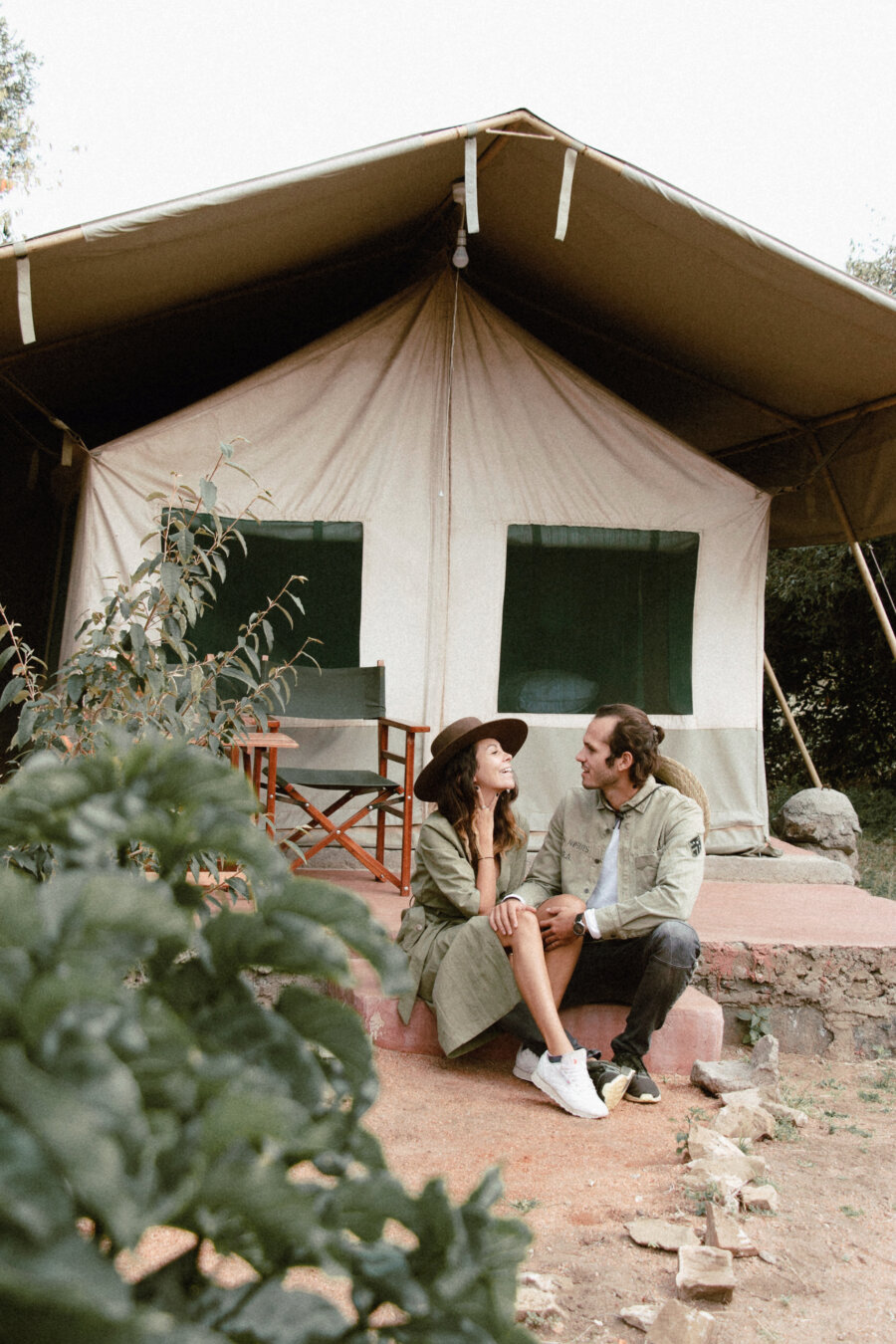
Overpacking for the first safari holiday (and the second, and the third) is very common, especially overdoing it with the clothing. We both felt victim of overthinking what we would be wearing and even went shopping for our safari attires. But we realized quickly that game drives are surprisingly exhausting even though you're sitting most of the time, so believe us when we tell you that comfort is a priority! Most likely we would overpack again, but at least we'll include our comfy clothes.
It's also recommended to wear neutral colors, particularly for walking safaris. You don't want to be on the spotlight of predators by wearing bright colors or to attract tse tse flies with black and blue tones. Military-style camouflage is also not permitted, because the rangers wear it. This being said the colors you can wear are khaki, brown, beige/tan, and green.
Mornings and evenings in the Mara can be very cold, especially in an open moving vehicle. Then, as the day breaks, the temperature will increase considerably. Wear layers of clothing to compensate for the changes of temperature.
Don’t underestimate the strength of the sun, something that is very easy when you are in a moving car with plenty of wind. Bring enough sun protection and preferably a hat.
Binoculars are always a must, unless you come with a camera with a good zoom. And bring sufficient storage for that camera, you’ll thank us once you see those cute little lions!

Booking a safari is a bit overwhelming, particularly the first one. Of course this depends on the destination, but somehow it feels like everything has to be ready before the trip...at least we did.
But when you think about it and particularly when you meet other people inside the reserve you start realizing that safaris are not much different than any other trip, so should you book everything as a package via a tourism company or rather do everything on your own?
The thing is, safaris are generally in Africa and it is very daunting to just try to figure out things as they happen. So, if you don't feel comfortable with going around, asking different people and simply improvise then we recommend you to book a package. In our case we were looking for an efficient way to get to and out of the Mara without wasting much time. We were on a mission. But even if we weren't we just didn't feel comfortable going without having anything planned and booked, at least not for the first time. So we opted for the package and had a great experience, but next time we will do it differently.
Tour companies will give you packages that you can customize to your own liking and budget. They generally have their go-to accommodations for different budgets and they will include the van - which can be a shared or a private one. Jeep’s are also an option as an add-on for the ultimate safari experience.
Another option is to find the conservancies that you want to visit and book an accommodation. They might be able to arrange transportation to/from the airport and even find you a guide for the game drives. You can reach out either per email or in person.
One last option that is definitely worth looking into is to book cross-border experiences that combine different types of experiences across different countries (like the Masai Mara with the Serengeti). Look for African Highlights overland tours. They have adventures with different packages ranging from a week to over 50 days(!) and with different options for accommodations (camping tour or accommodated tour).
The Cost
Africa is generally an expensive destination, especially safaris. This is because of several factors like distances and infrastructure, or rather the lack of. Reaching safari destinations is not easy: as a tourist or a local. Then you also have to consider that the conservation of the reserve is being financed by tourism, or at least part of it, which also inflates the price of tours and accommodations.
The cost of the trip will vary depending on several aspects like season, type of accommodations, type of tour, activities and style of accommodation. Our recommendation is to book the private option because this will put you in charge of your experience, plus you get the added flexibility. Nevertheless, opting for shared packages is a good way of bringing the costs down, plus you get to meet and interact with other tourists.
Packages with pick up in Nairobi and joining/shared safaris start at around 350USD per person for a 3 day, 2 night package in basic budget accommodations. In contrast, a couple will pay about about 800USD per person for a 4 day/3 night experience. The cost per person of the private tour will decrease with larger groups of people. These prices include park fees, game drives and transportation.
For the majority of the people visiting the Masai Mara 4 days in the main reserve is just enough. We would recommend you to either visit a different area/conservancy or move to a different game reserve (e.g. Tsavo East or West).
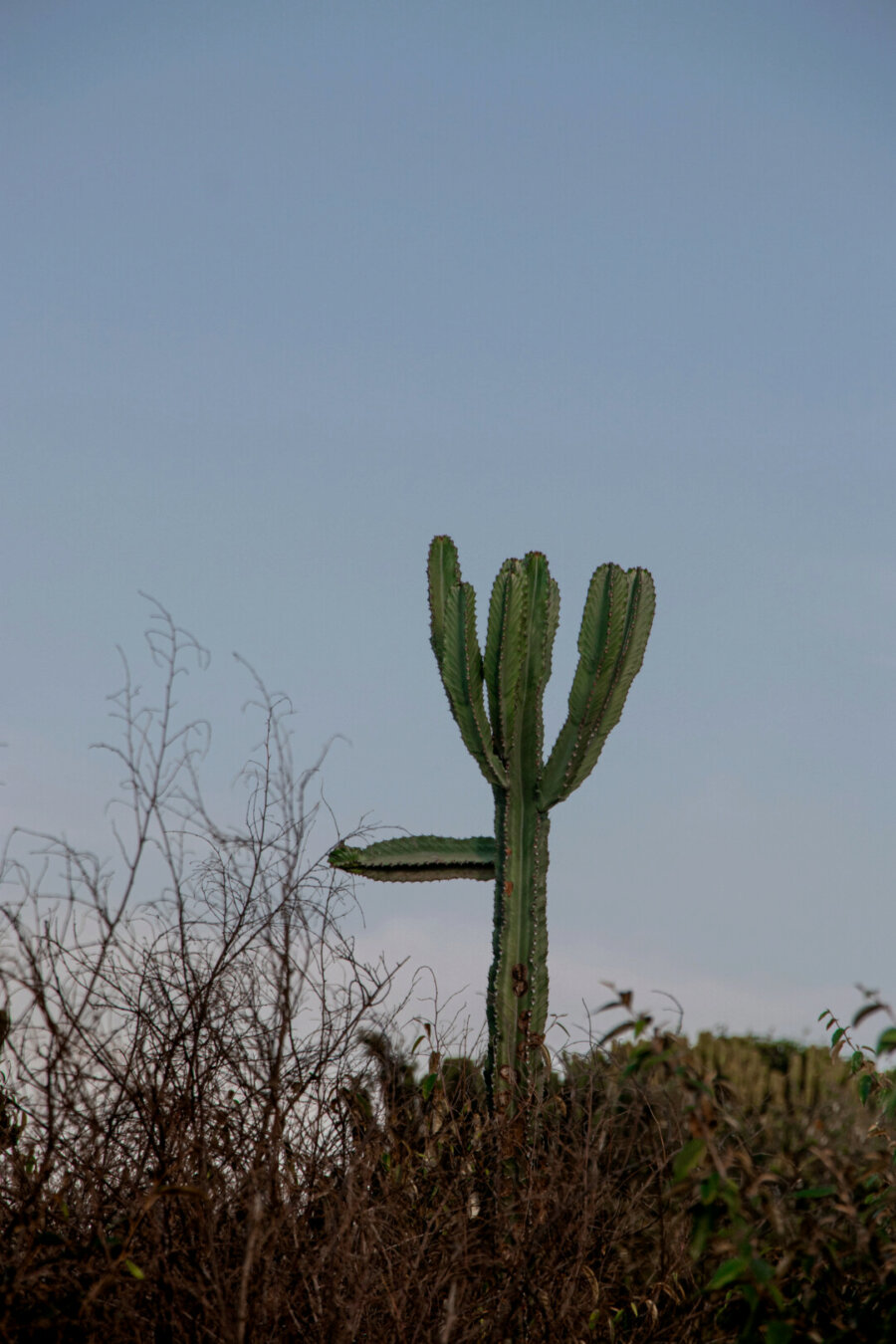
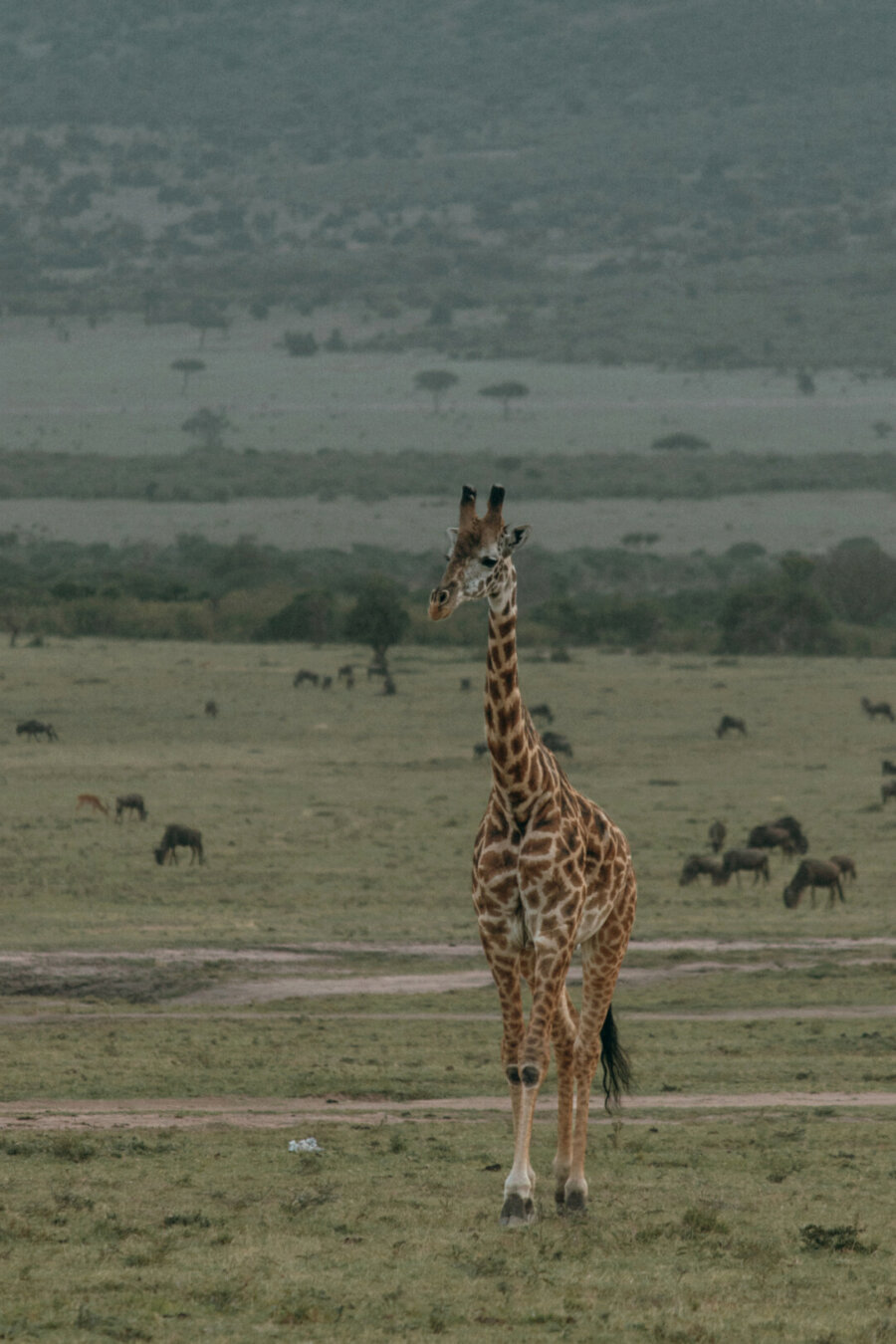
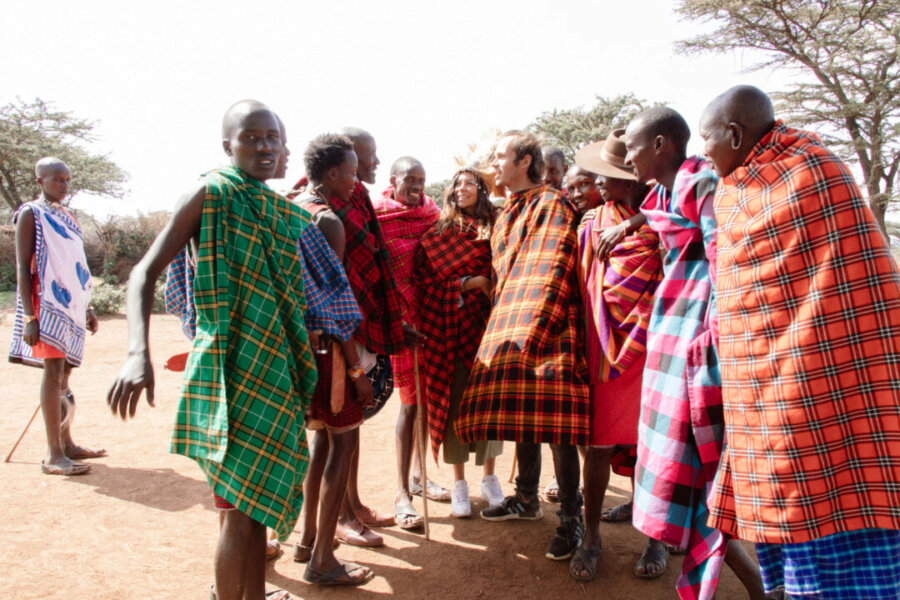
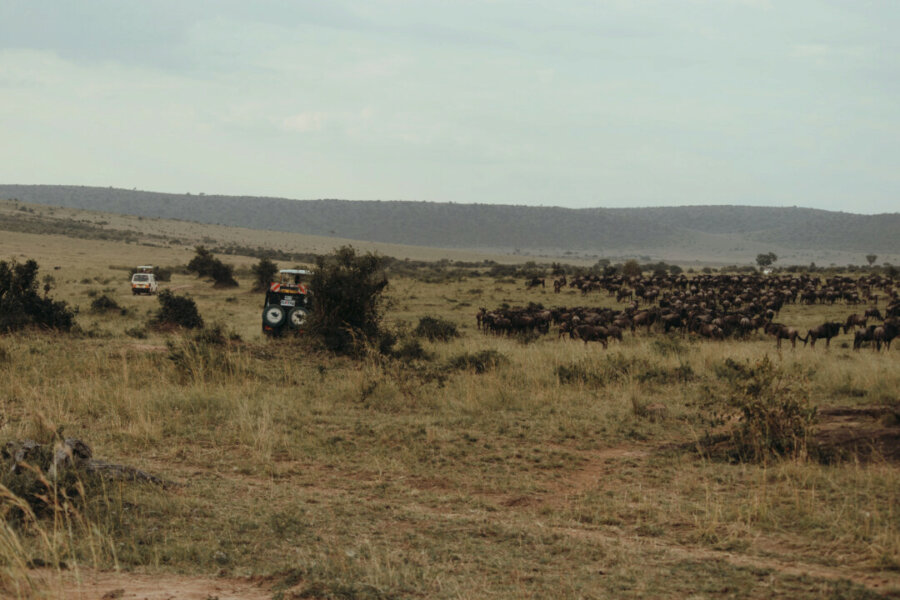
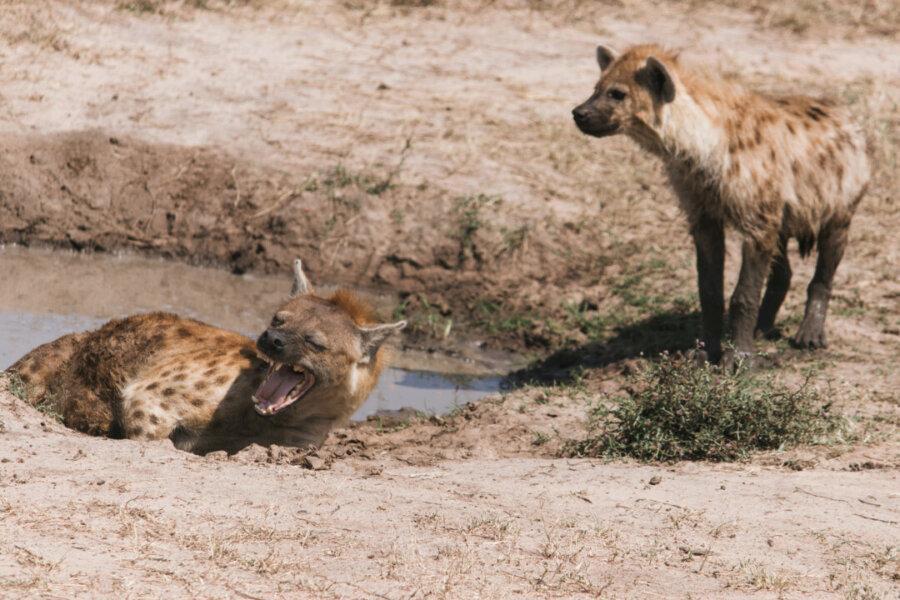
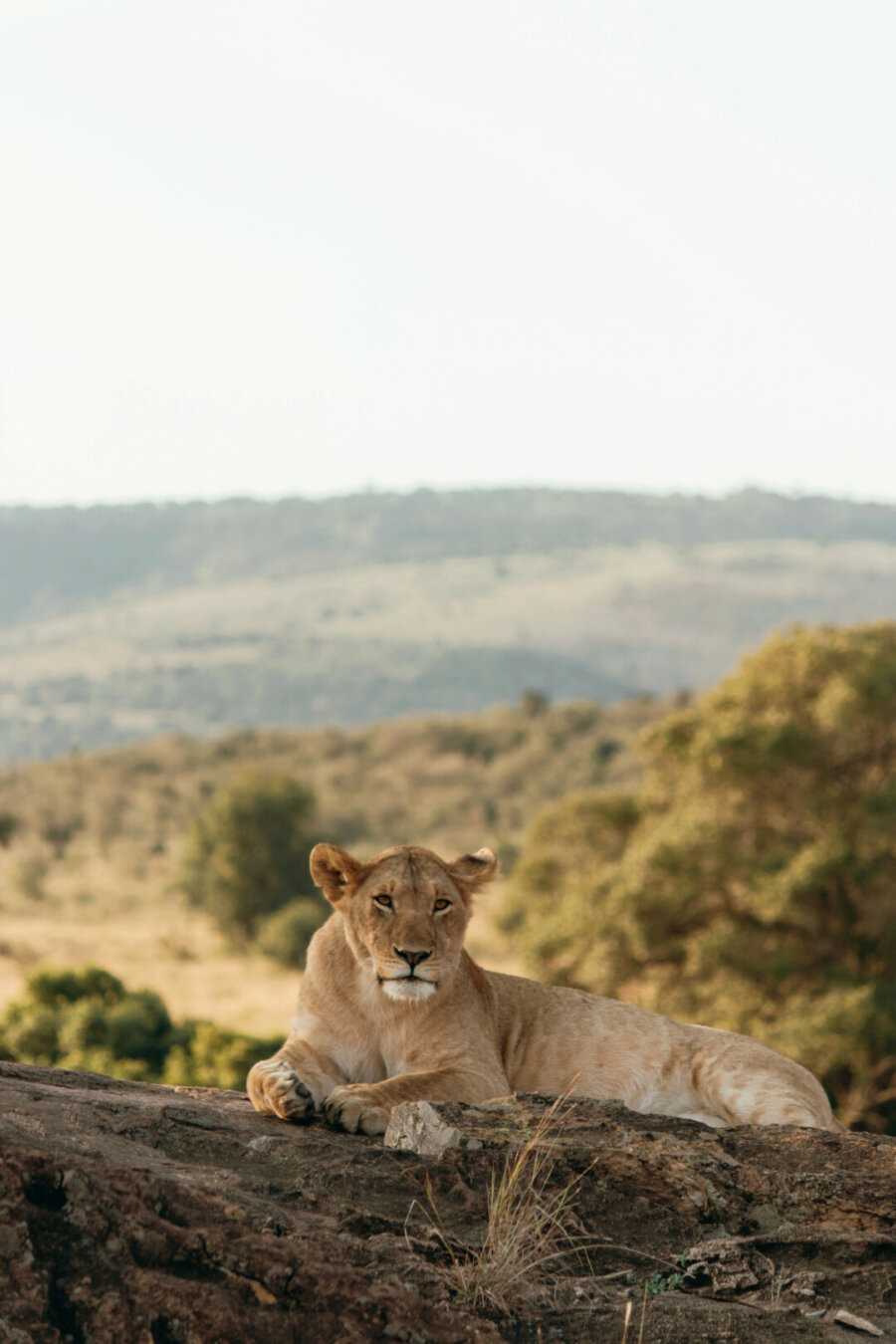
Our Review
So after all this information that we gathered for you, the question left for us is: Well guys, what do you think about the Masai Mara: Did you like it? Would you recommend it? Would you do it again?
The short answer is yes, yes and absolutely yes, but we are here to give you all the insights of our own experience to help you make better choices. So the answer to that question is not as simple.
Luckily, this wasn’t our first safari experience and we have a basis to compare it with, not because we want to say which one is better (something I don’t think we could do), but because we can be more objective when it comes to evaluating and rating safari experiences as a whole.
If you want to see how the Masai Mara compares to Kruger National park you can read our review here.
Submersive Experience
Entering the Masai Mara is like entering a different world, as simply as that. You’ll be greeted with sights of wildlife long time before reaching the gates of the Masai Mara, but you’ll also spot Manyattas (Masai villages) spread across this vast landscape.
The Masai people with their unique traditions and colorful attires definitely give this experience a whole lot of depth. It’ll be an 24/7 African experience. Take the opportunity to interact with them and exchange views about different topics.
Amazing Game Viewing
You’ll have to be very unlucky if you don’t see at least lions and cheetahs. Leopards are a different thing, however we were amazed by the quality and variety of wildlife that this reserve has to offer.
Stunning Views
Even leaving Nairobi is an incredible experience as you drive down to see the Rift Valley from the road. And this is just the beginning. The Masai Mara does offer beautiful landscapes and if you’re not convinced, just hike to the top of the closest mountain and prove us wrong.
The natural borders of the Masai Mara are quite hilly and spotting sunrises and sunsets is a bit tricky, but they are absolutely amazing and very much like the ones you see in National Geographic.
Very Intrusive
Having been to Kruger National Park before, this is something that we did find particularly conflicting. As we like to say: “The Masai Mara gives you the Safari you’d like to have, whereas Kruger National Park is the Safari you should have”.
It seems that roads in the reserve are just general guides, but drivers won’t hesitate to go off-road to get closer to an interesting sighting - as long as there are no rangers on sight! All vehicles have a radio-system that helps them communicate good sightings and positions of rangers to avoid fees. And it is definitely amazing to be able to get so close to the animals, but reserves are meant to be their home not our zoo’s - that’s our opinion. You also feel that wildlife in the reserve has become used to the presence of humans.
Not very comfortable, but comfortable enough
This is something you have to make peace with, most Safaris will be the same if you are a budget traveler. Food is not great and lodges are not particularly fancy or comfortable, but they are good enough.
Other References
We don’t know it all, certainly not when we are planing our trips. So just like you, we head to google to look for answers to all the questions. Then, after our trip, we sat down and started writing this guides only to realize that we need some more information here and there, so we ask google once more. It would be unfair not to credit those sites, woudn’t it?
